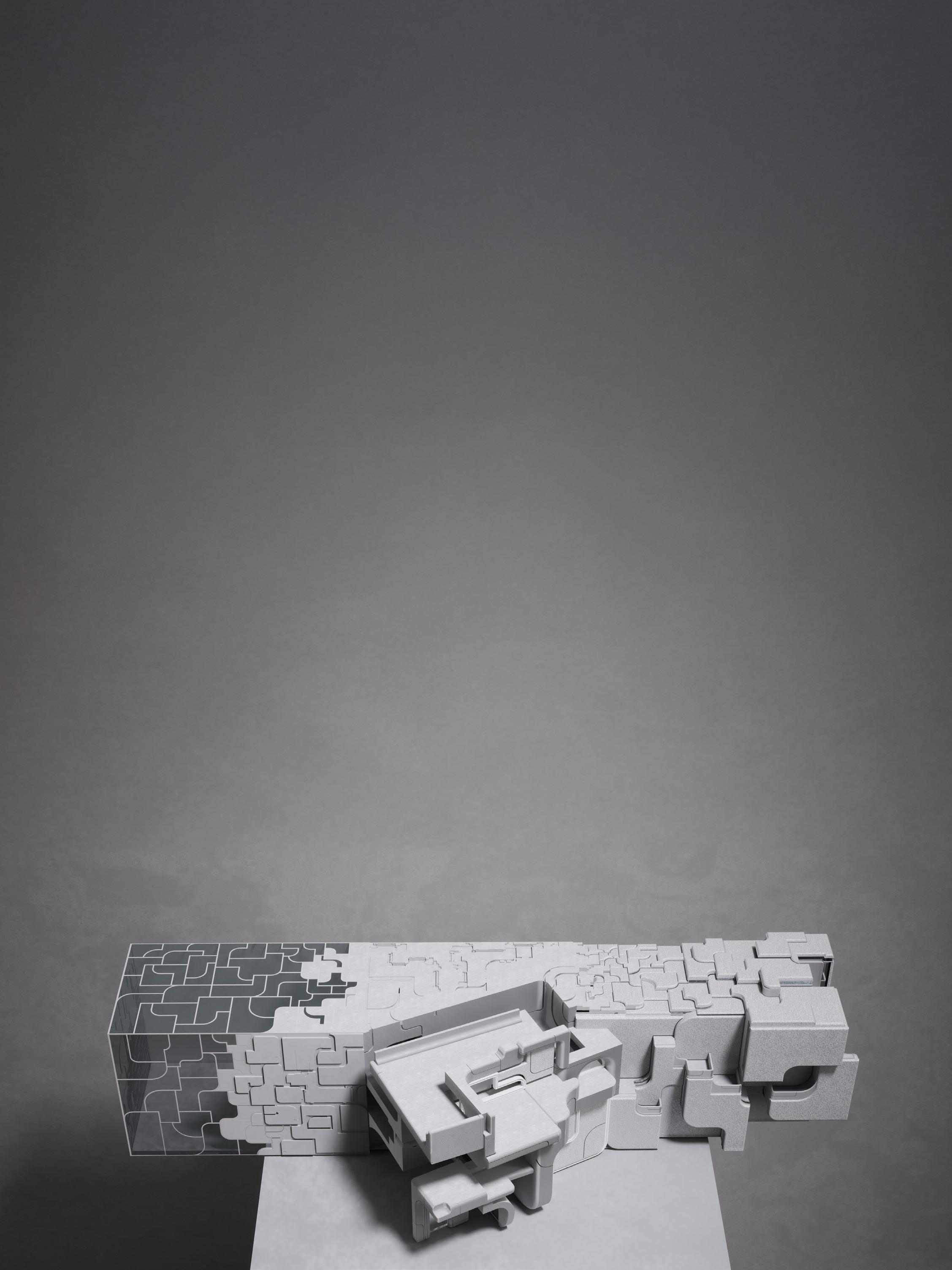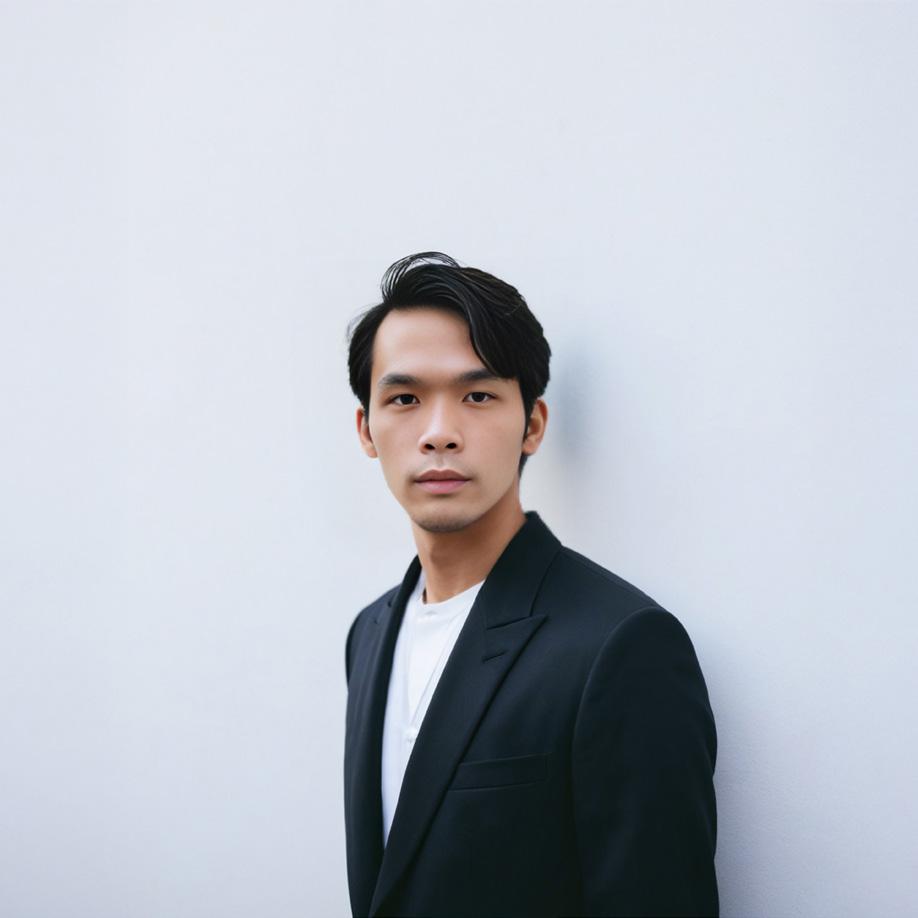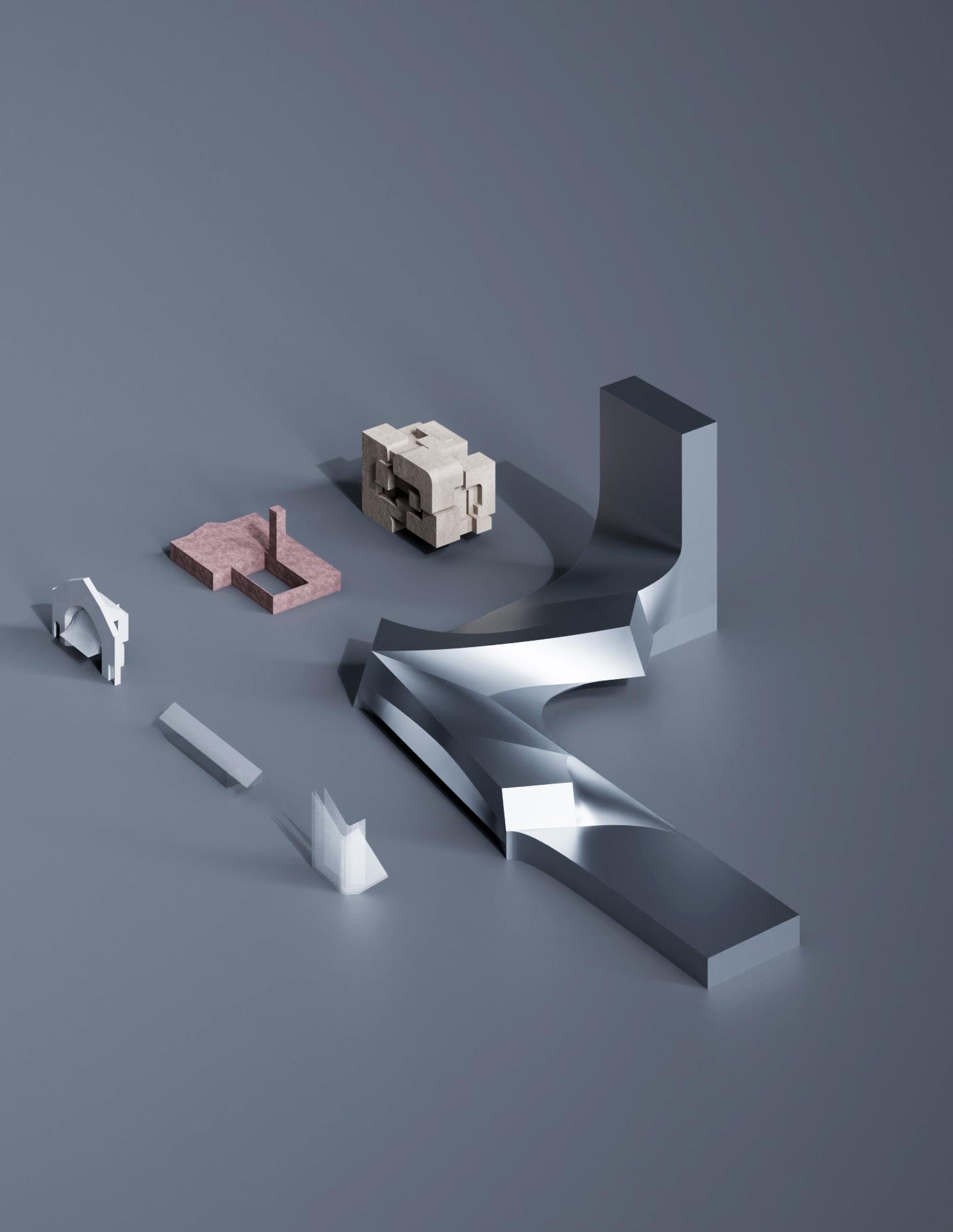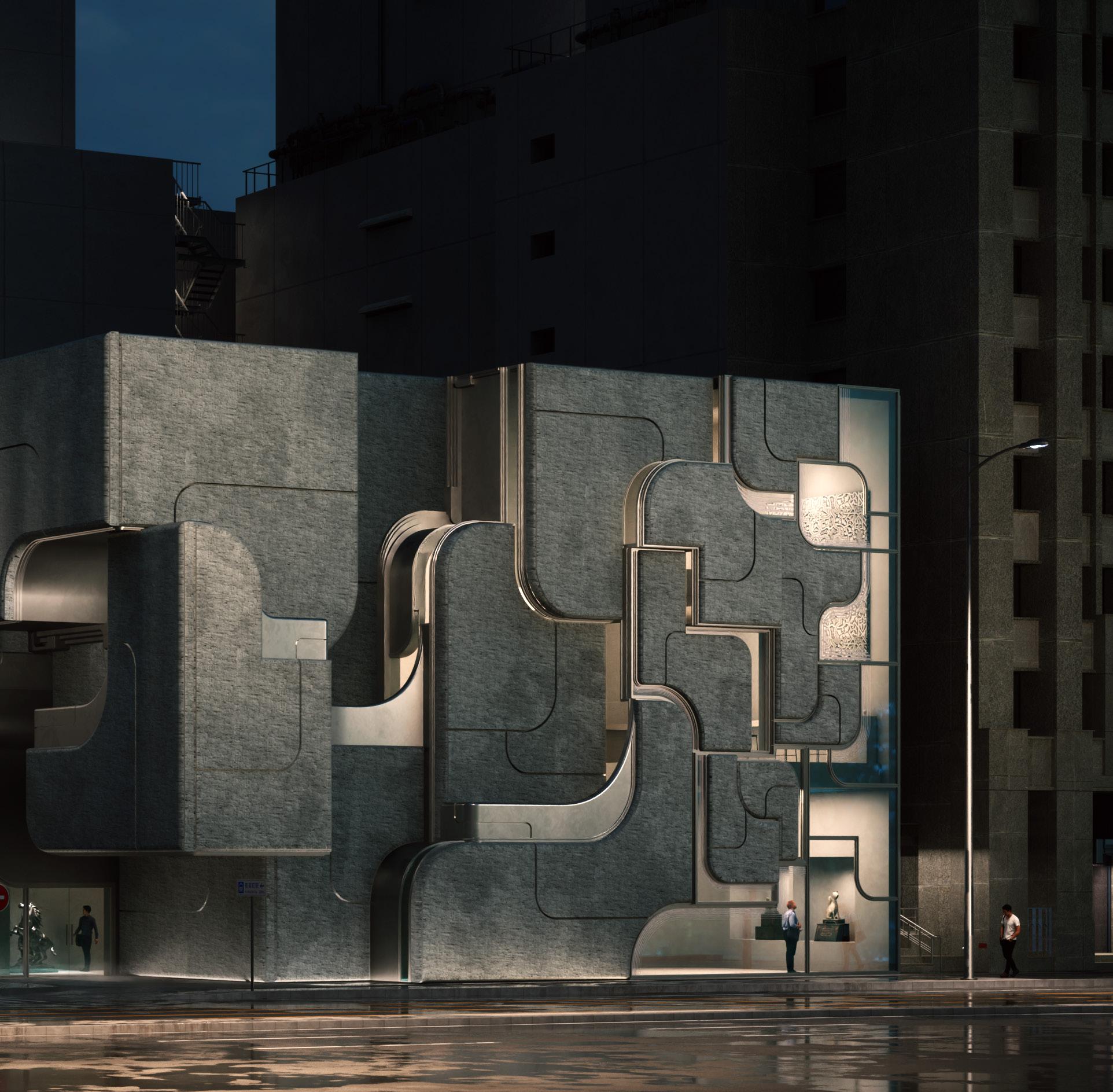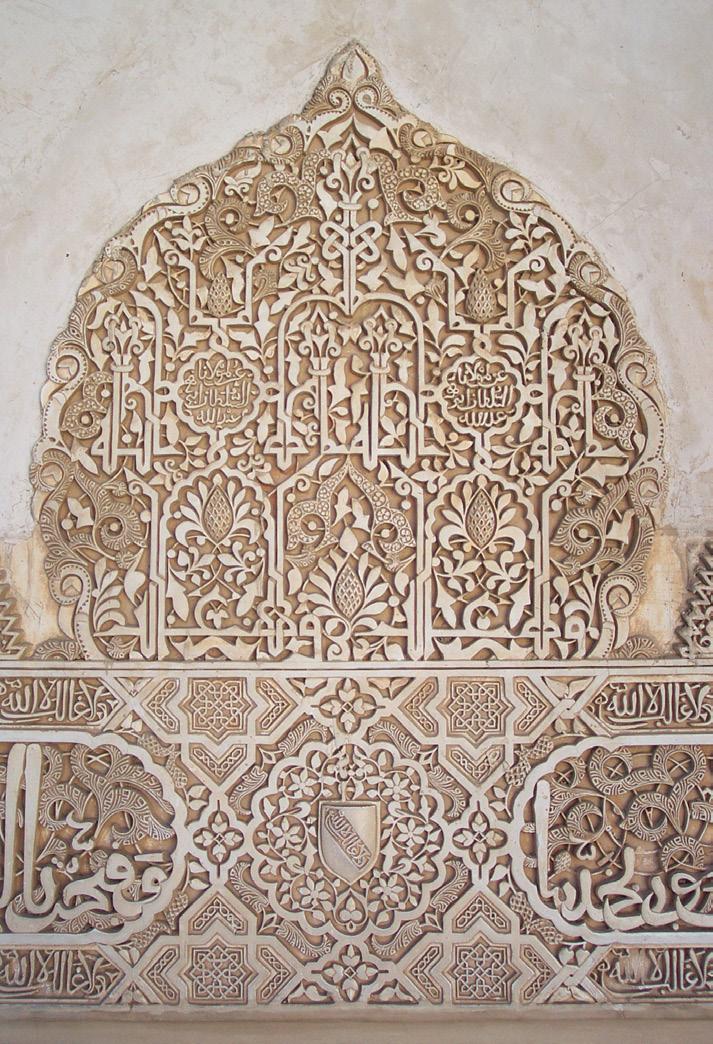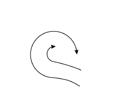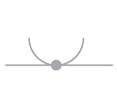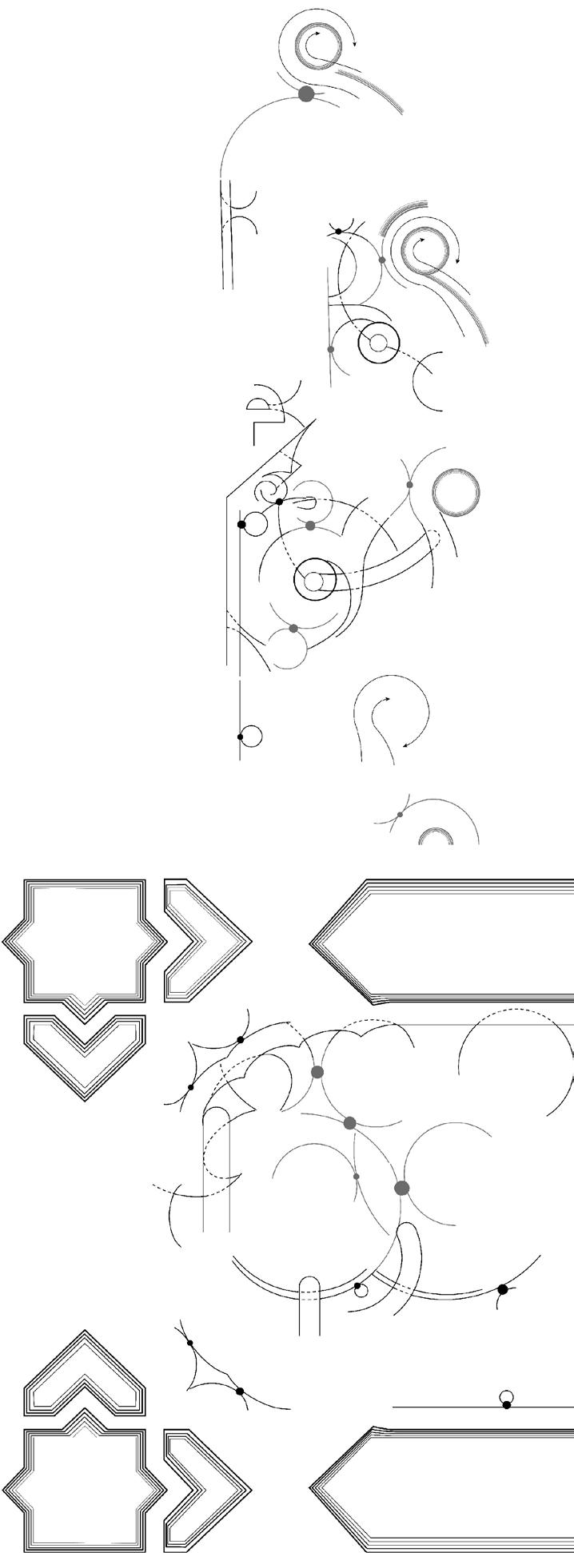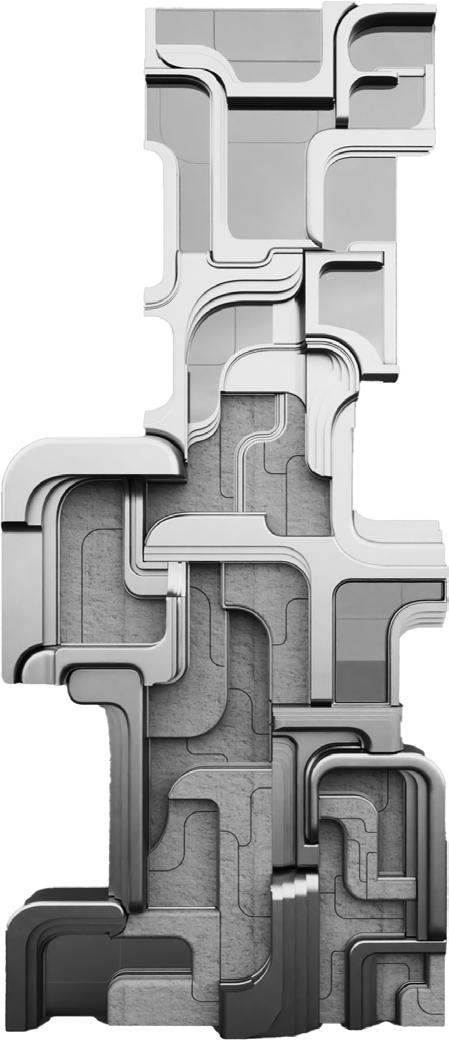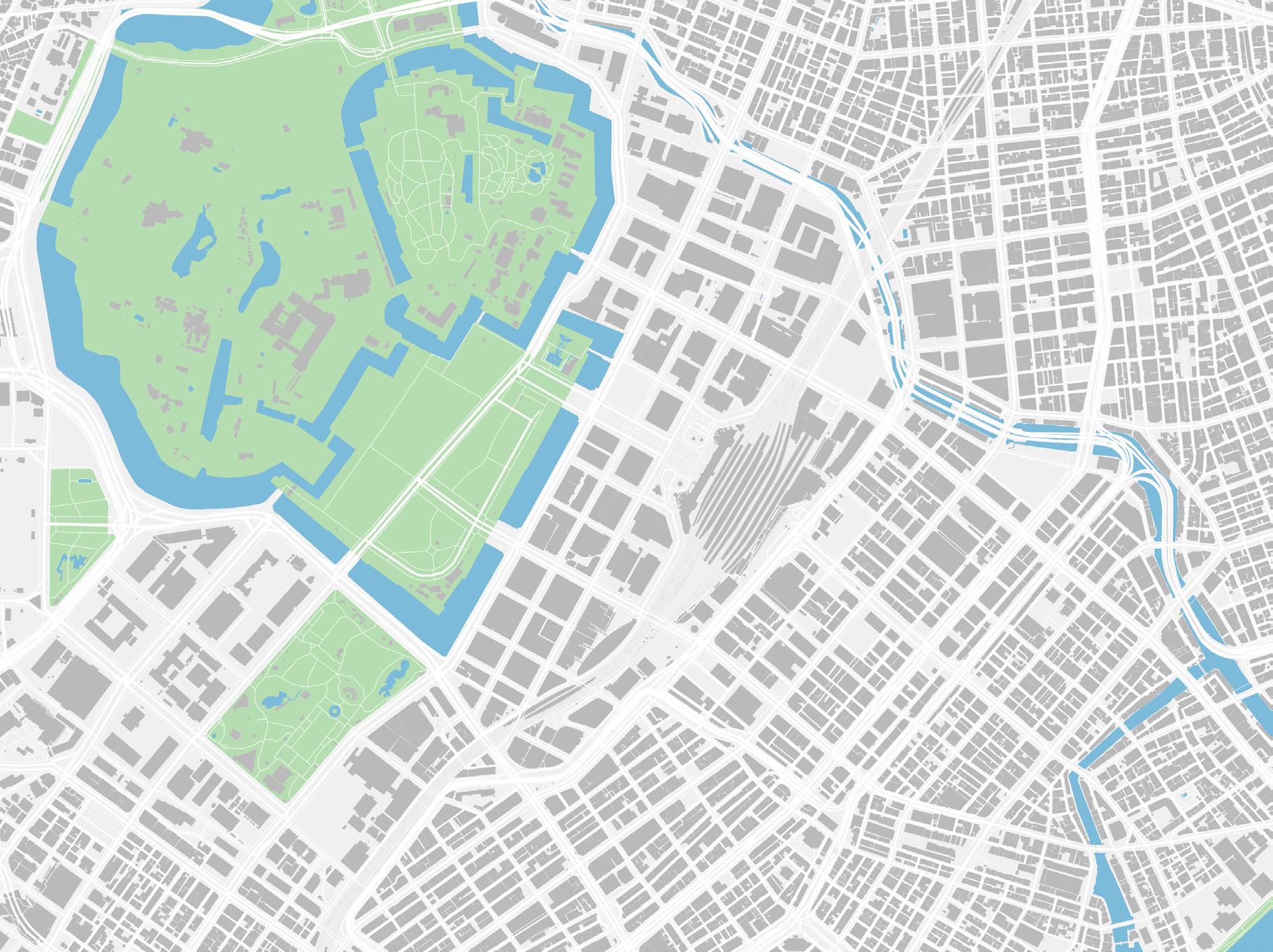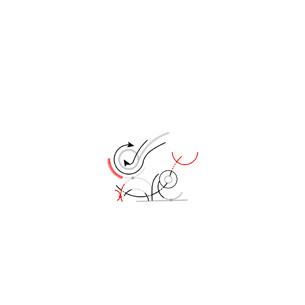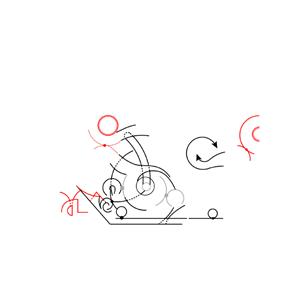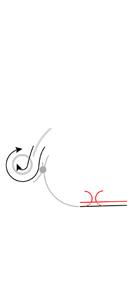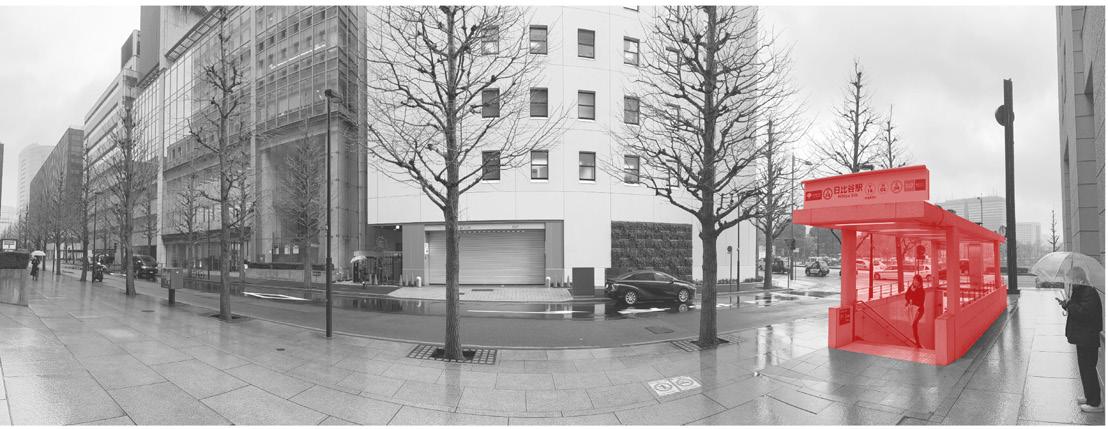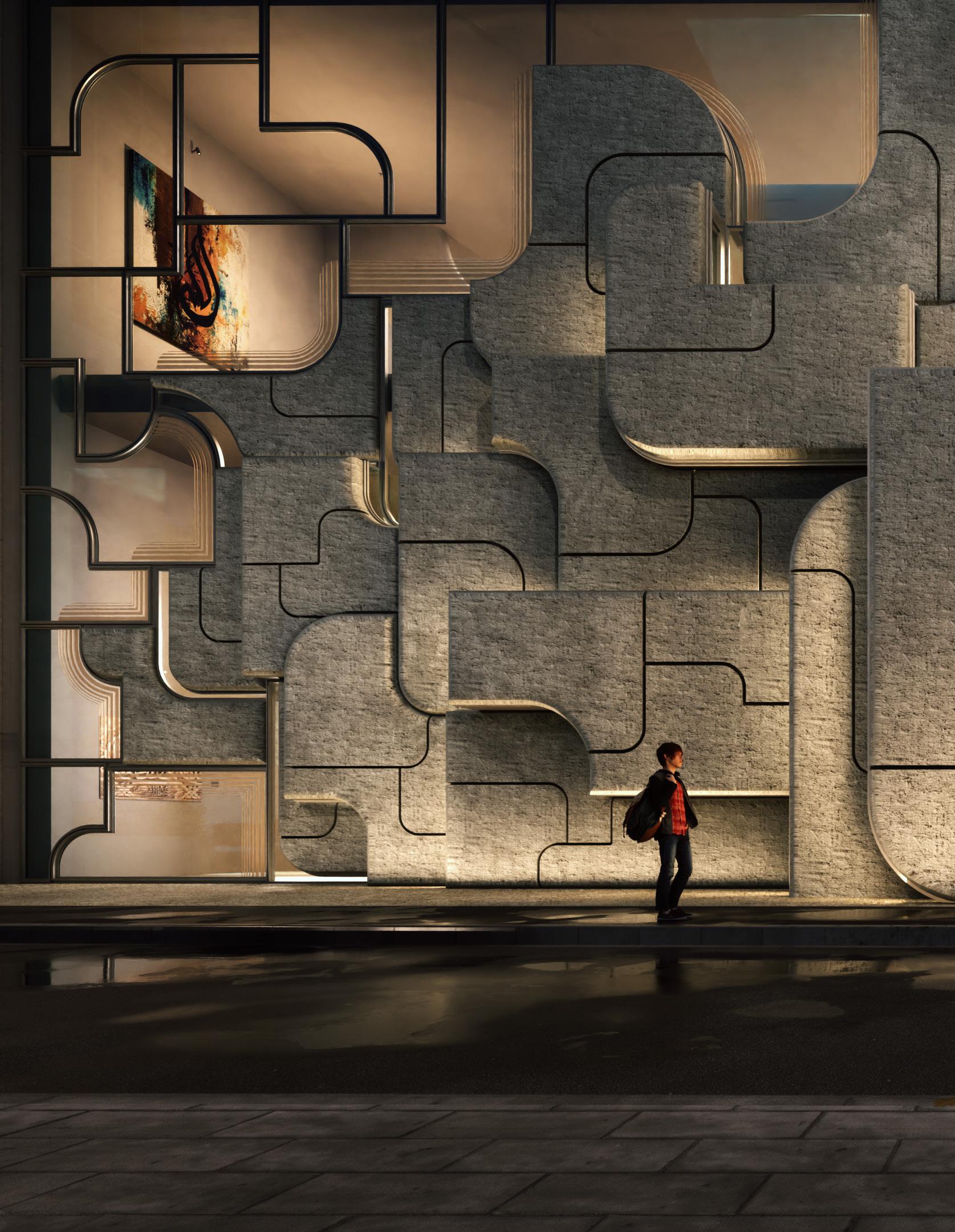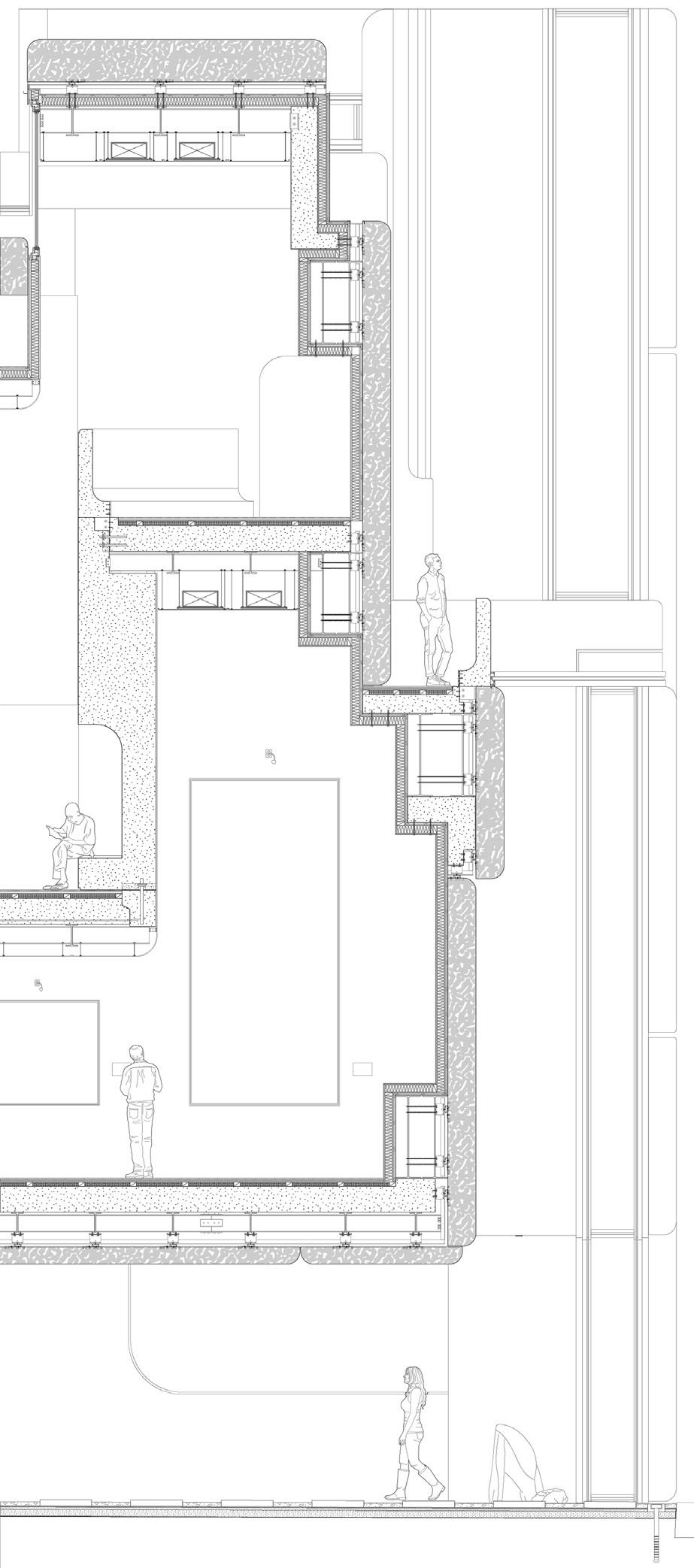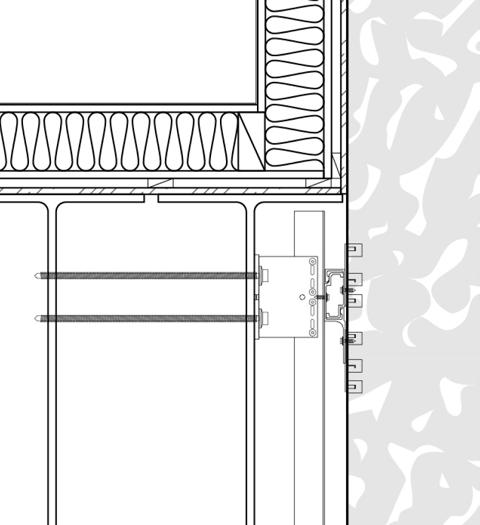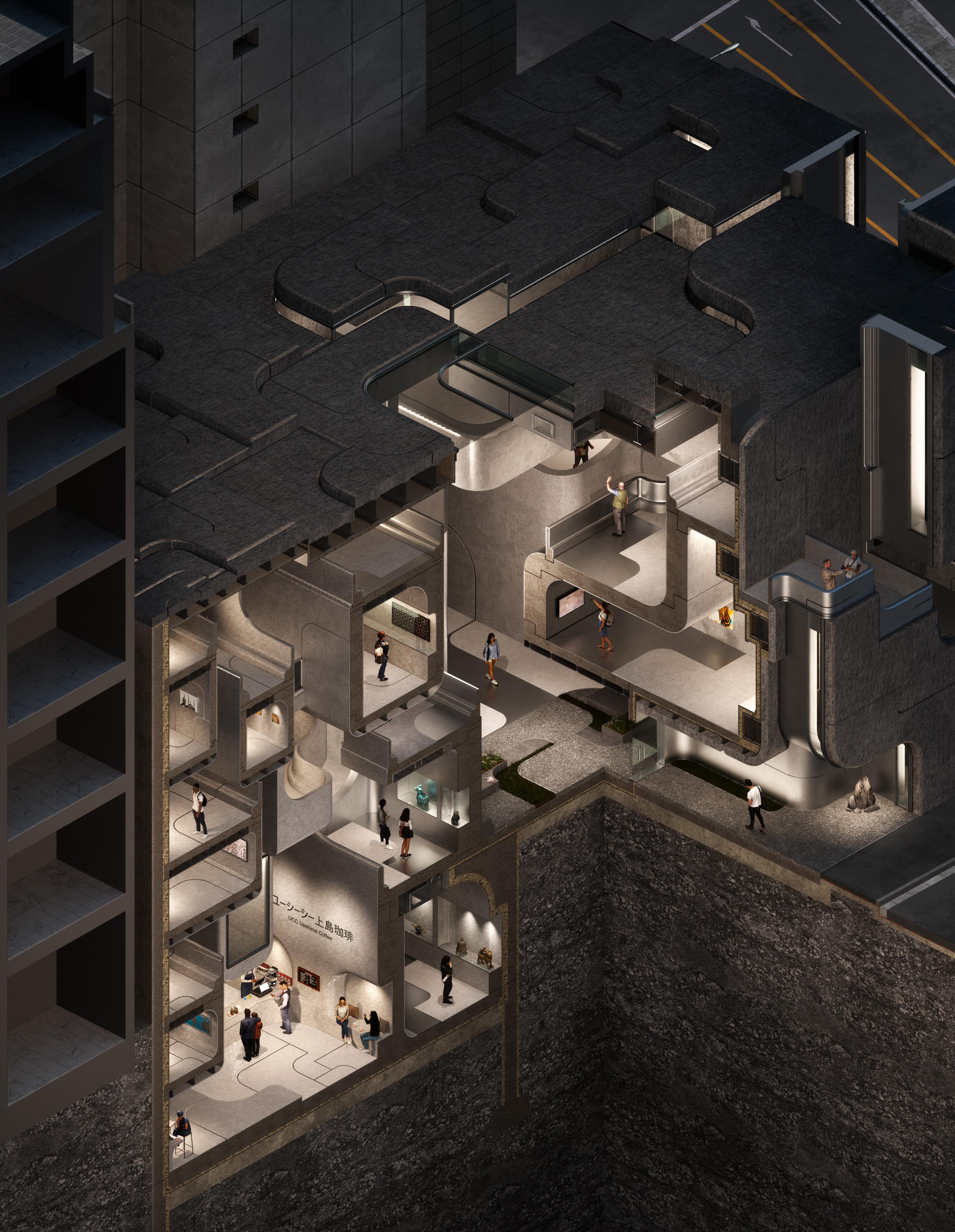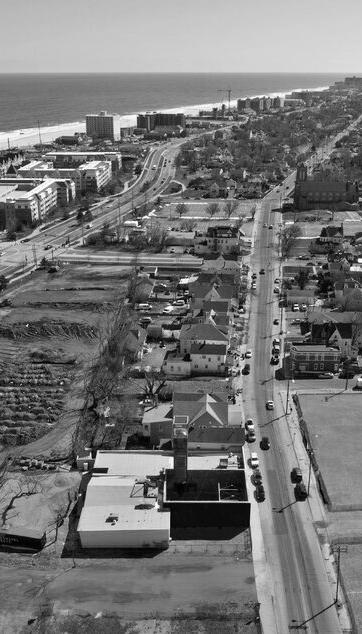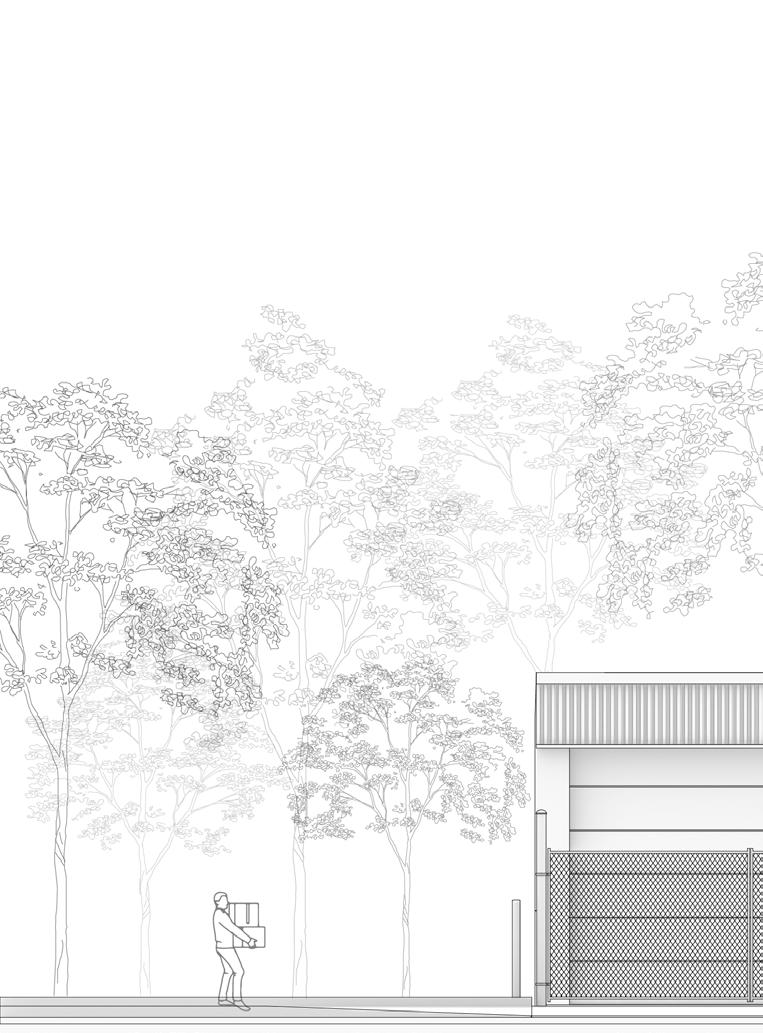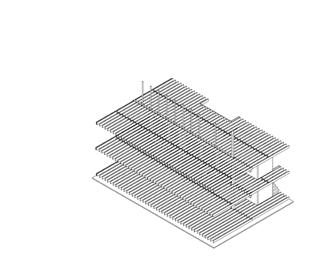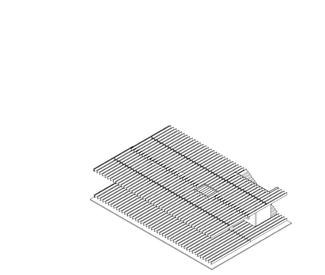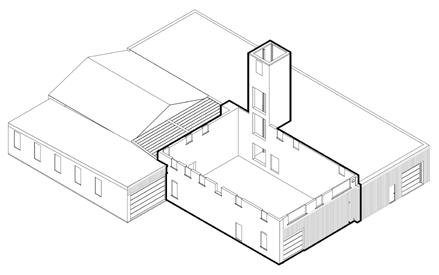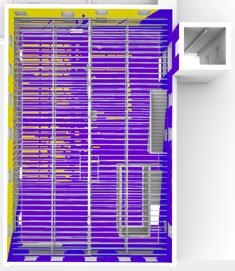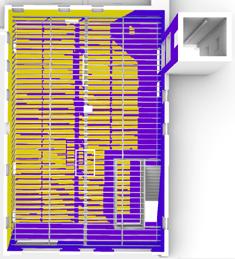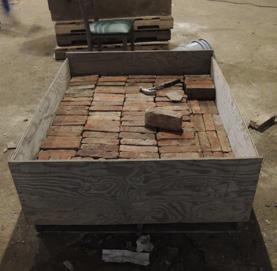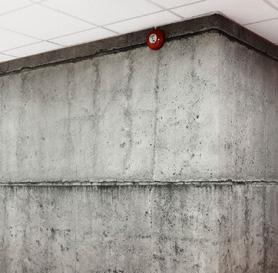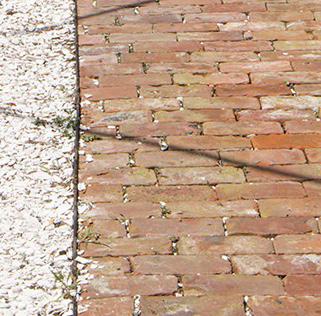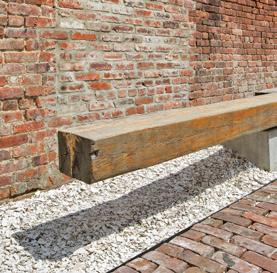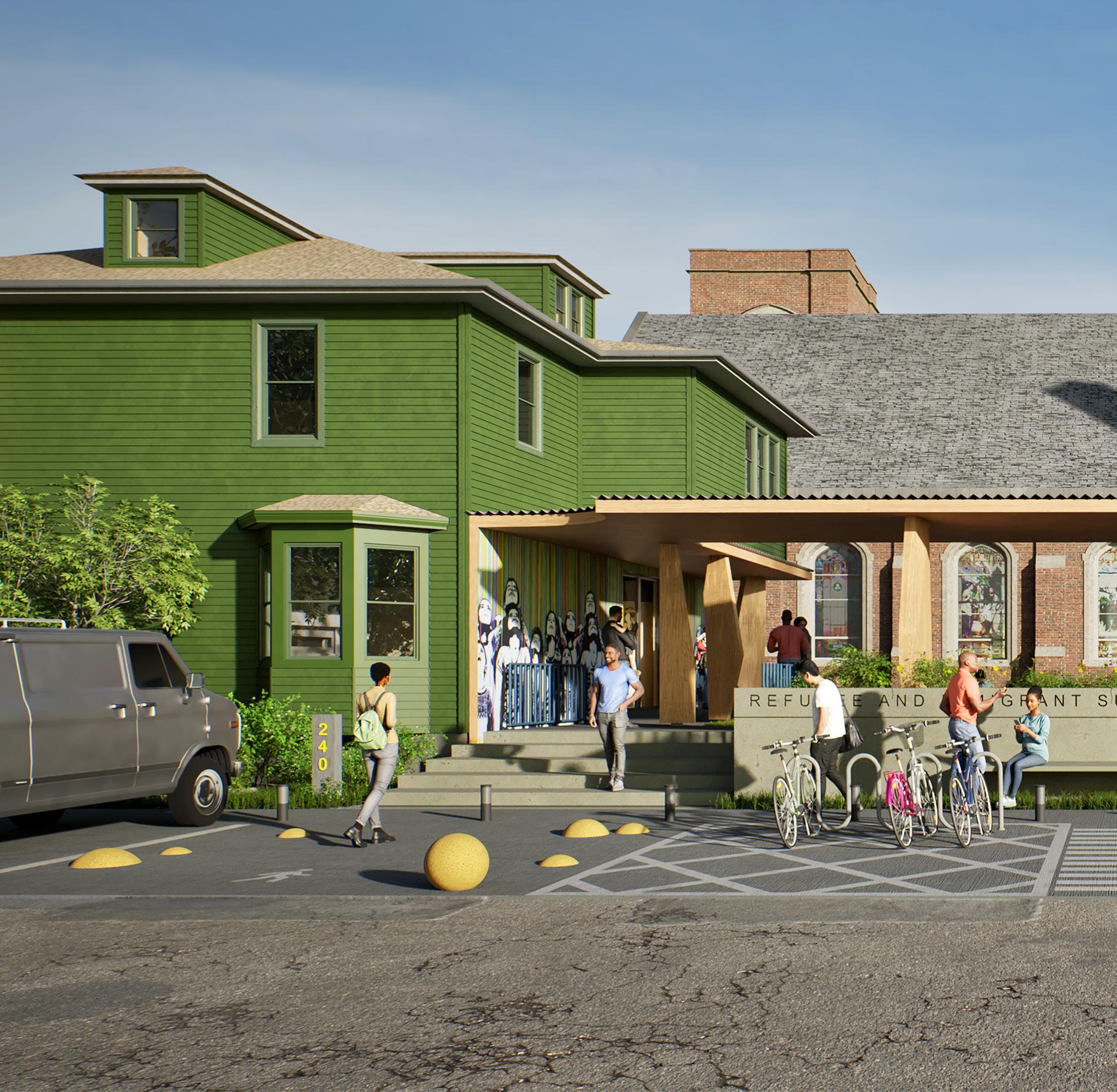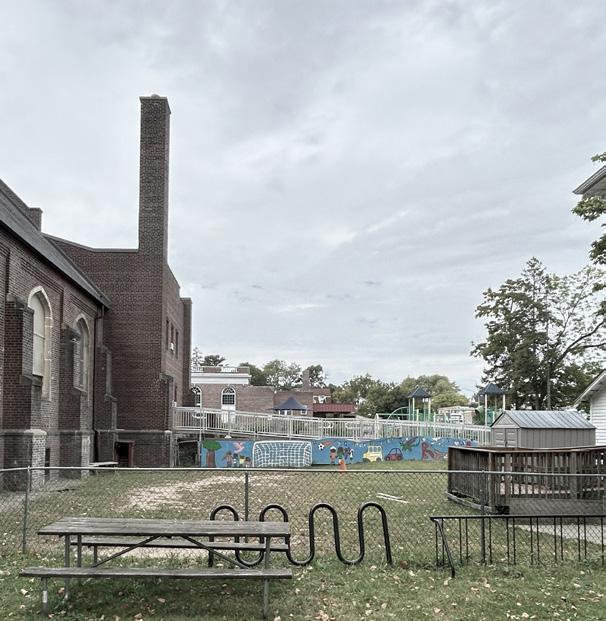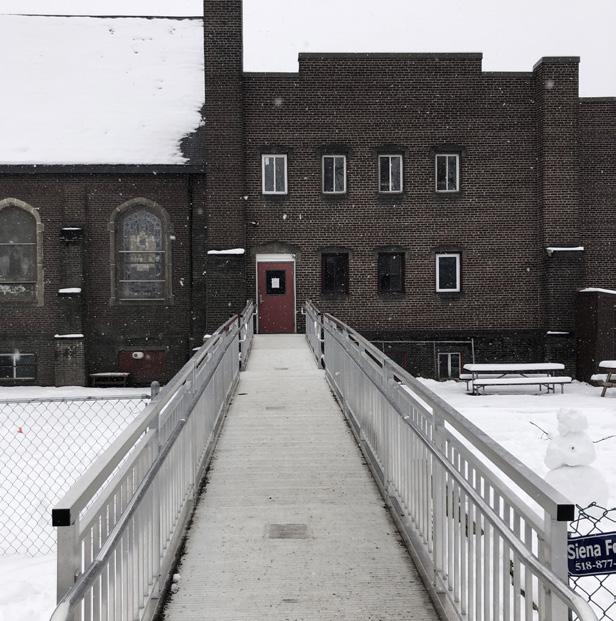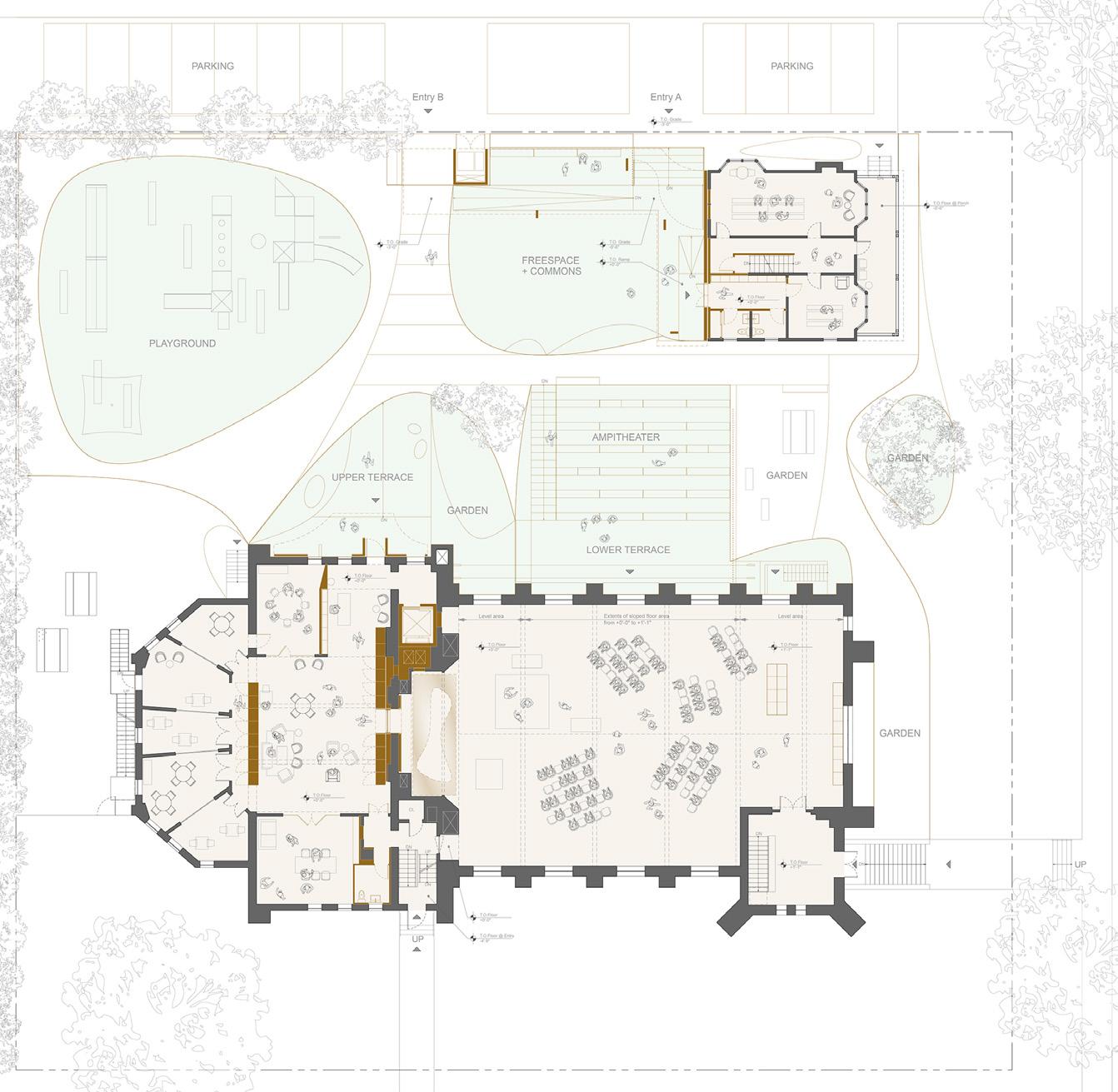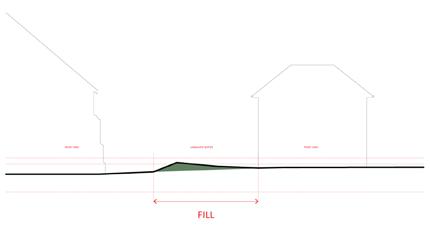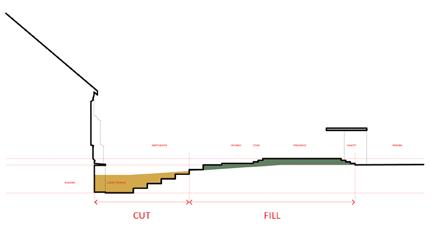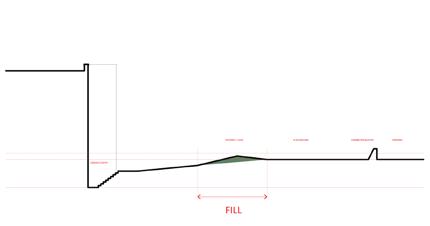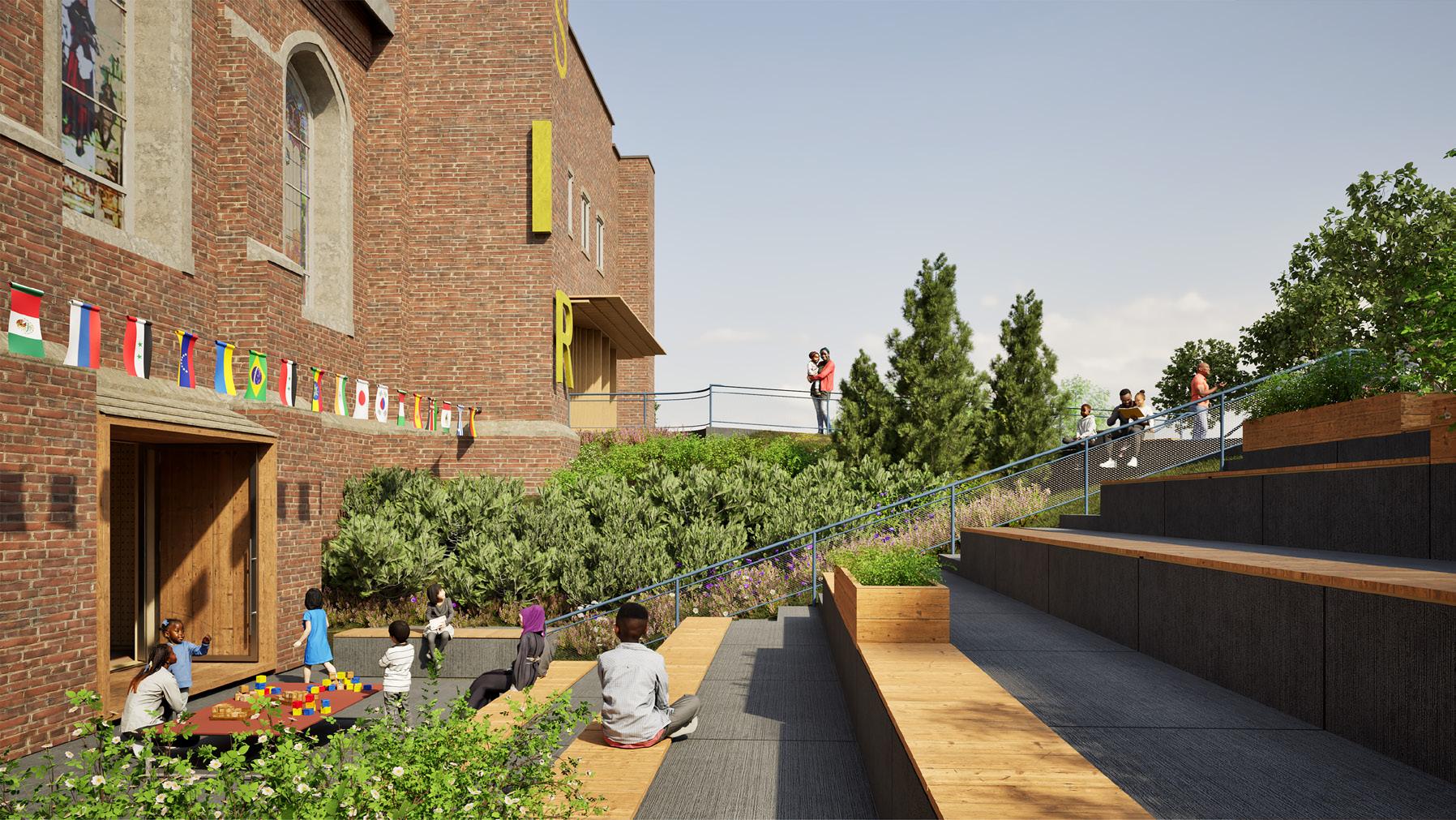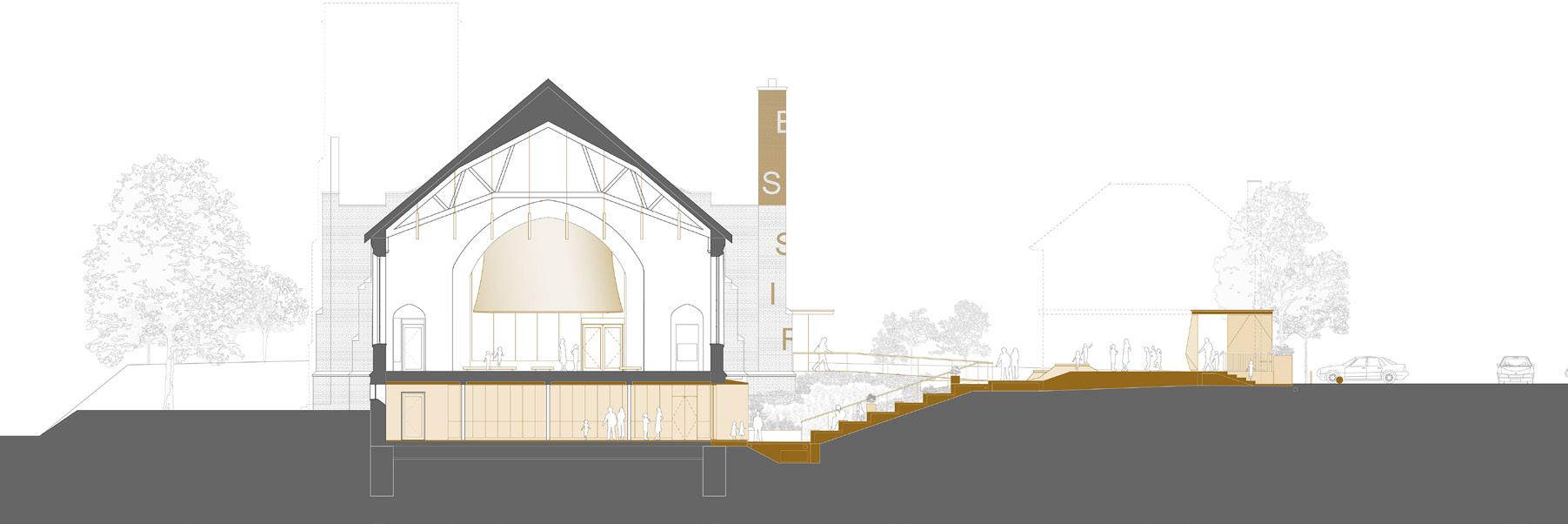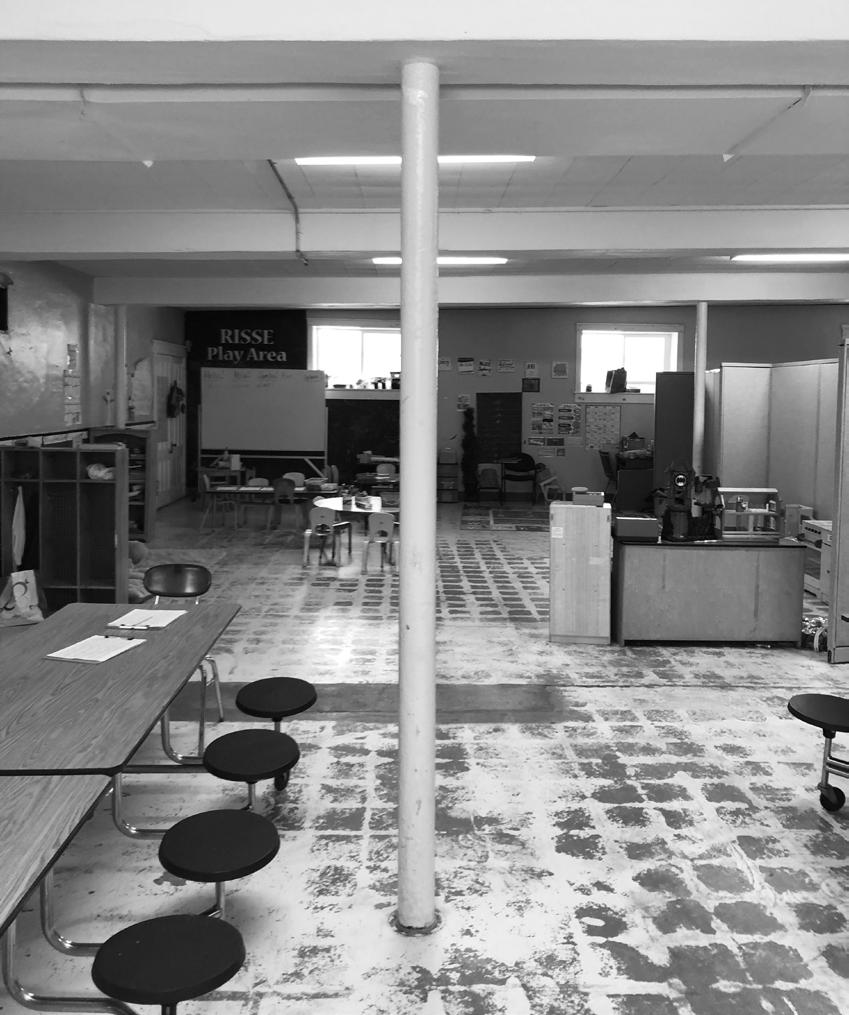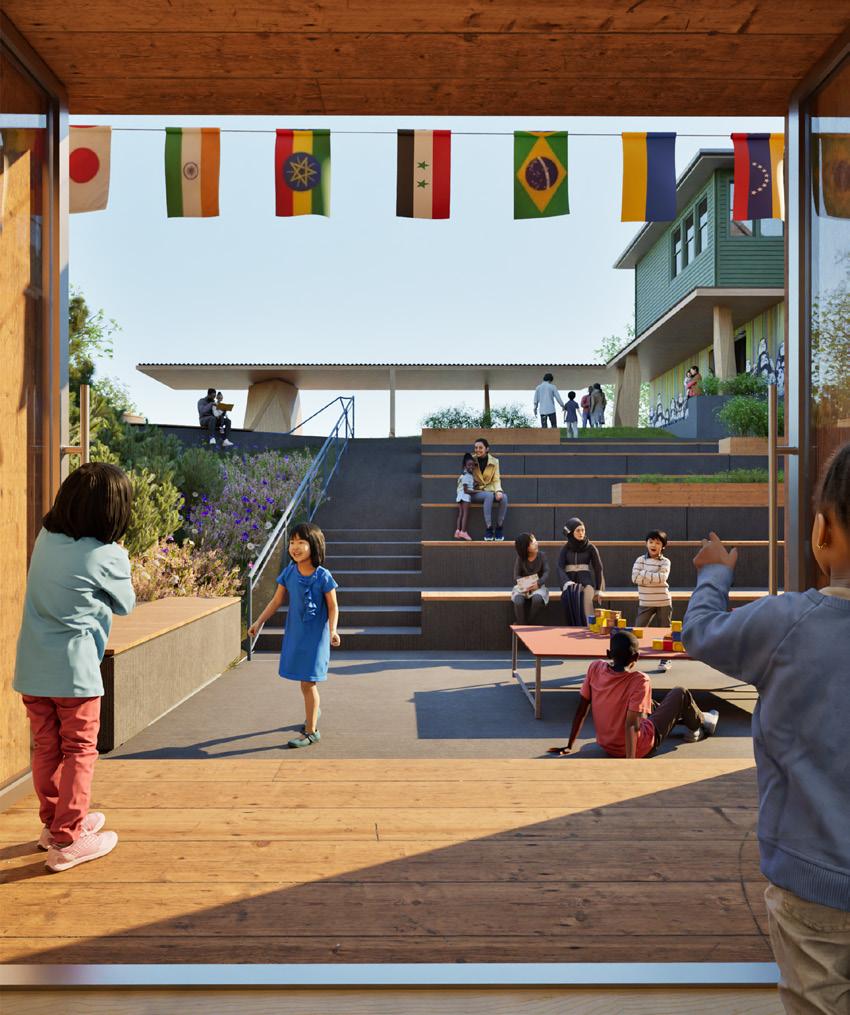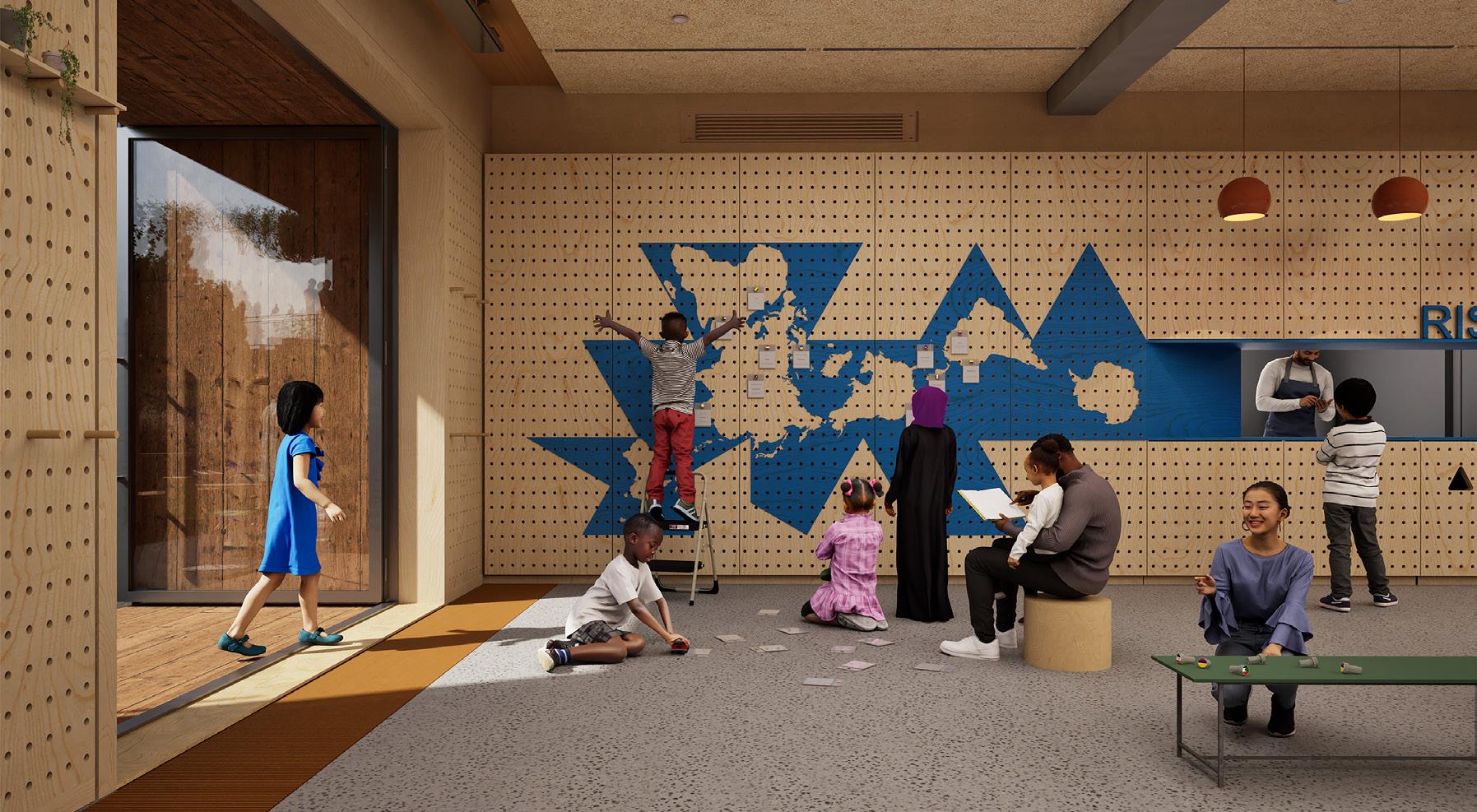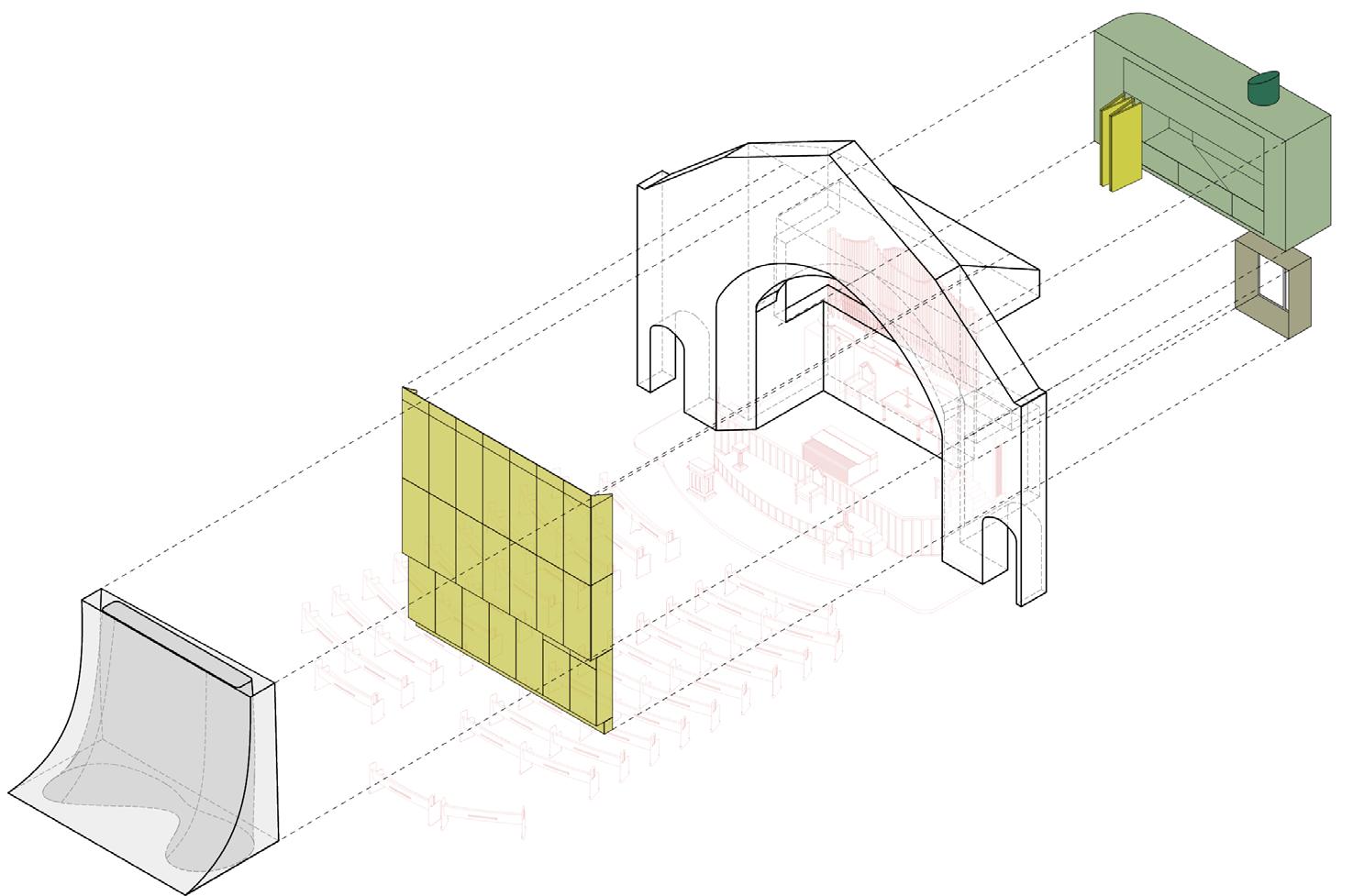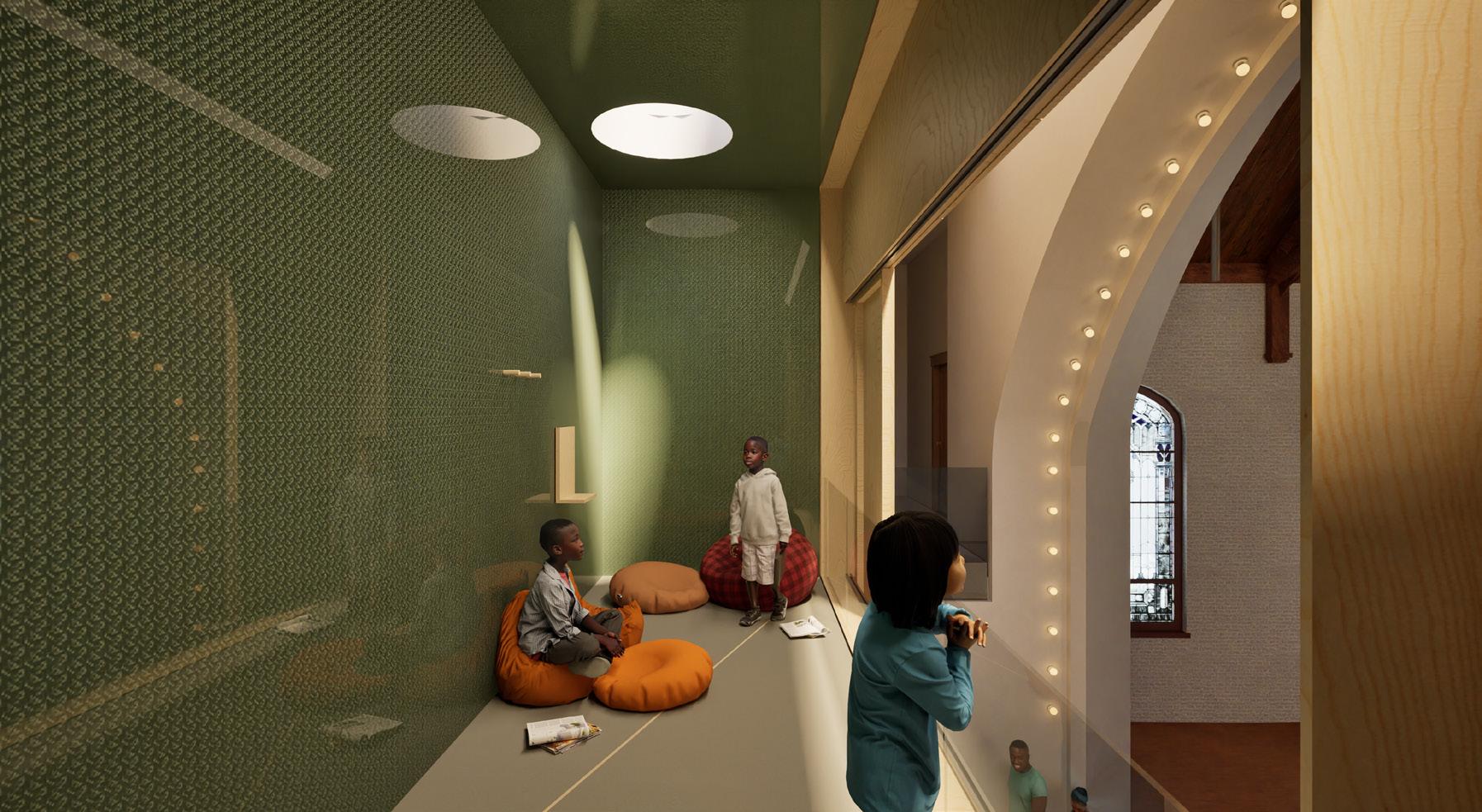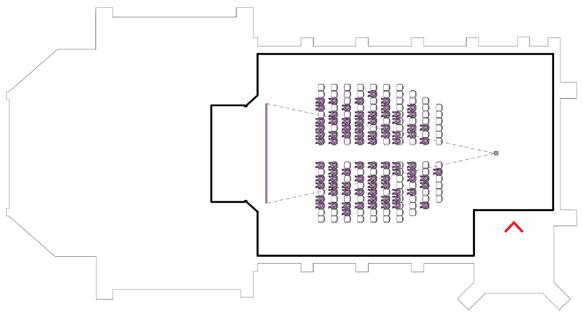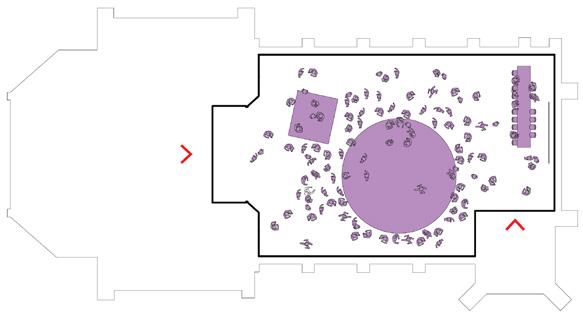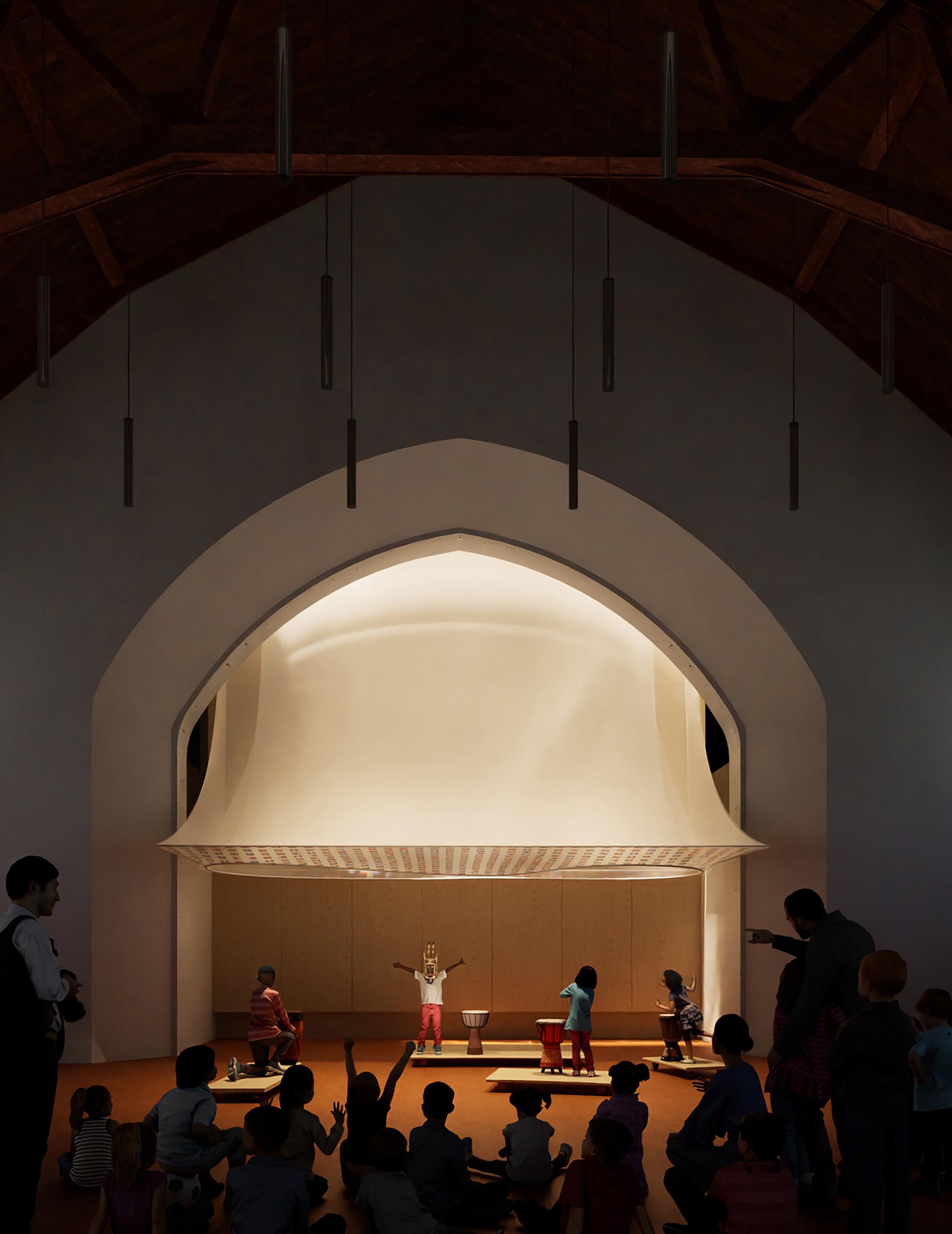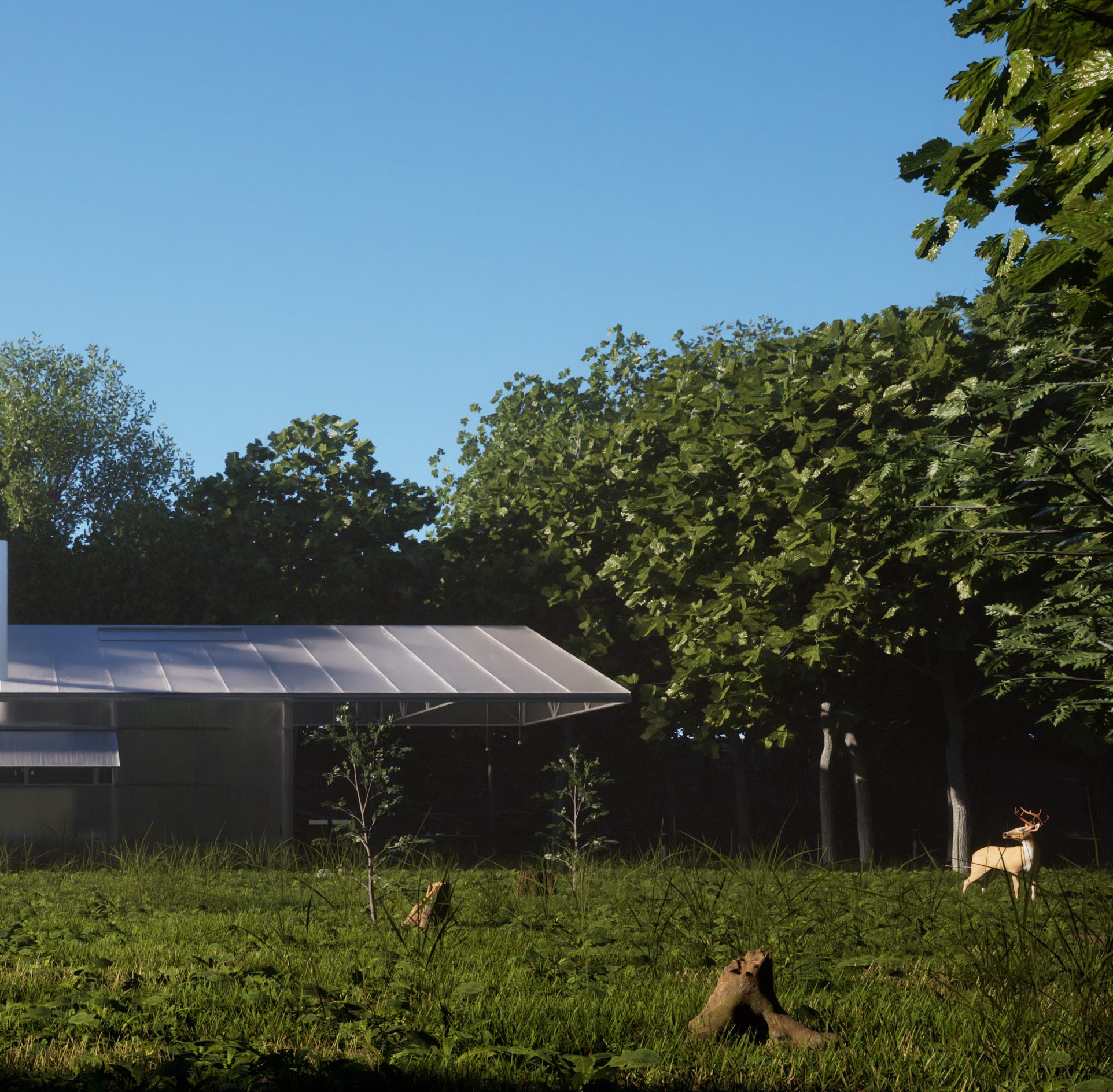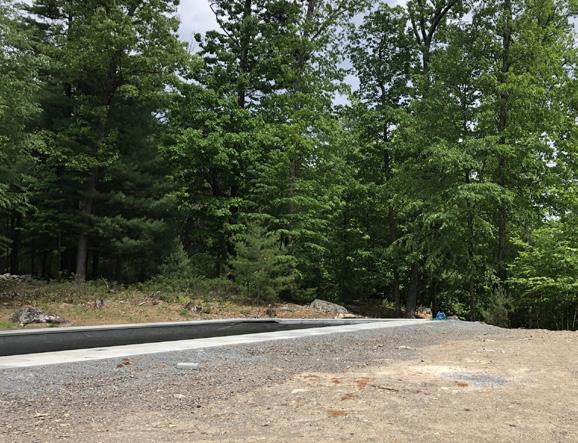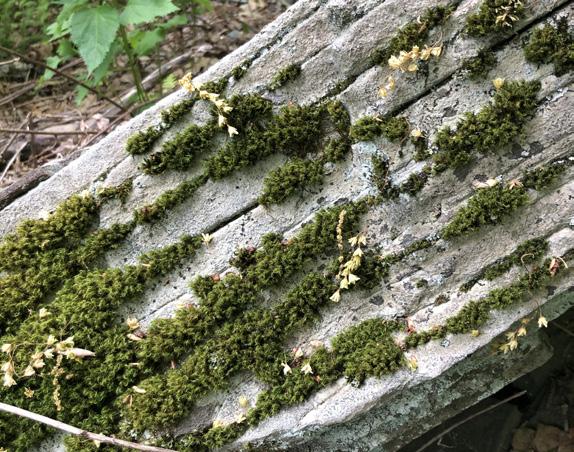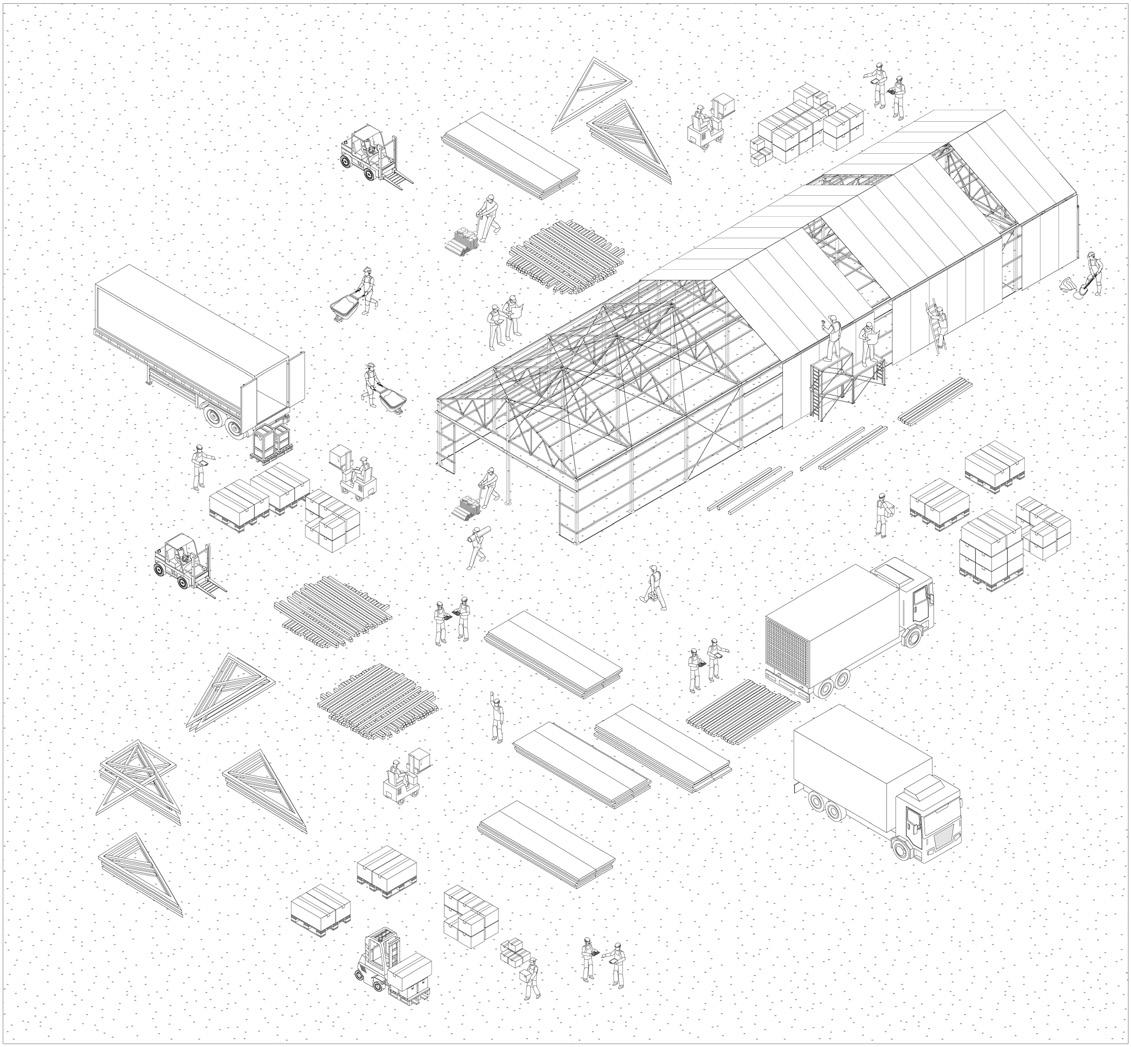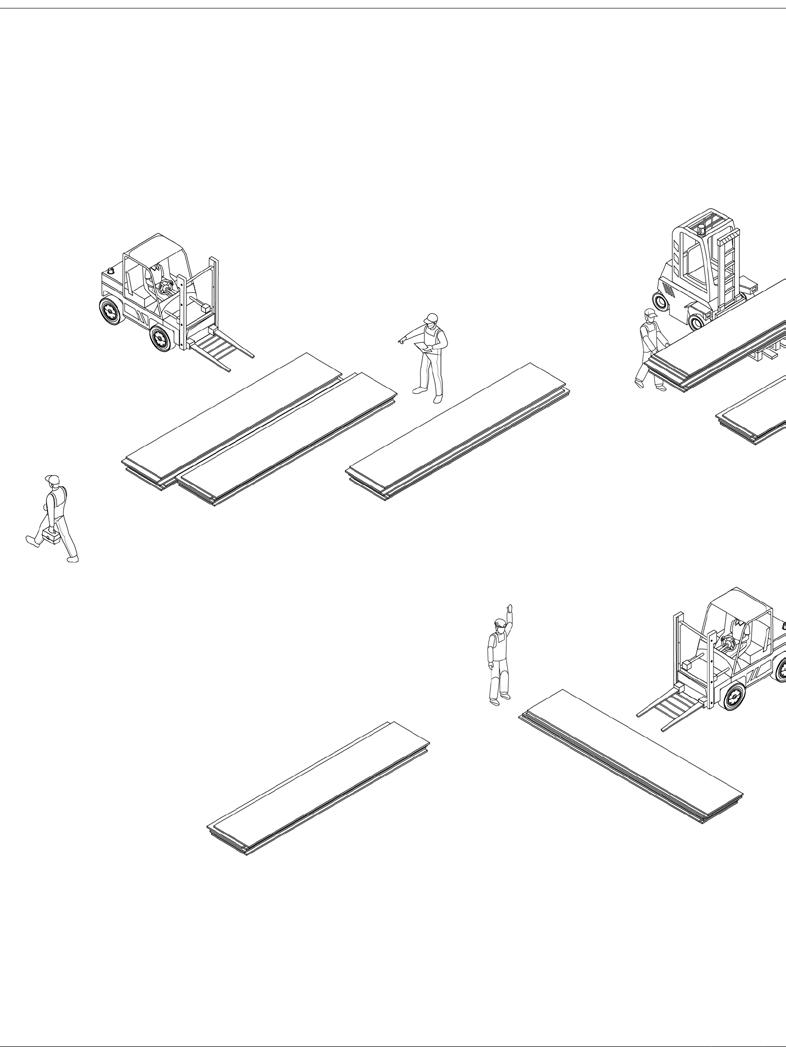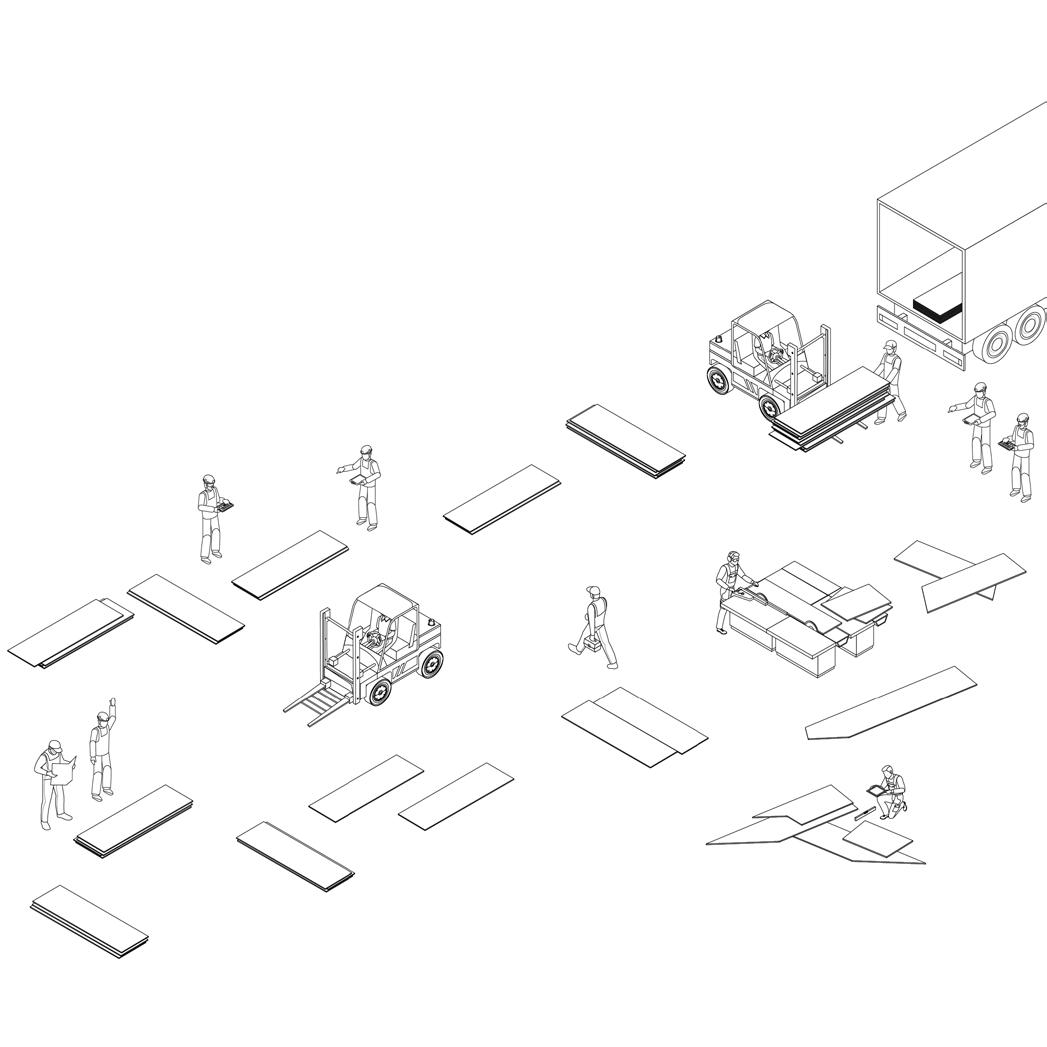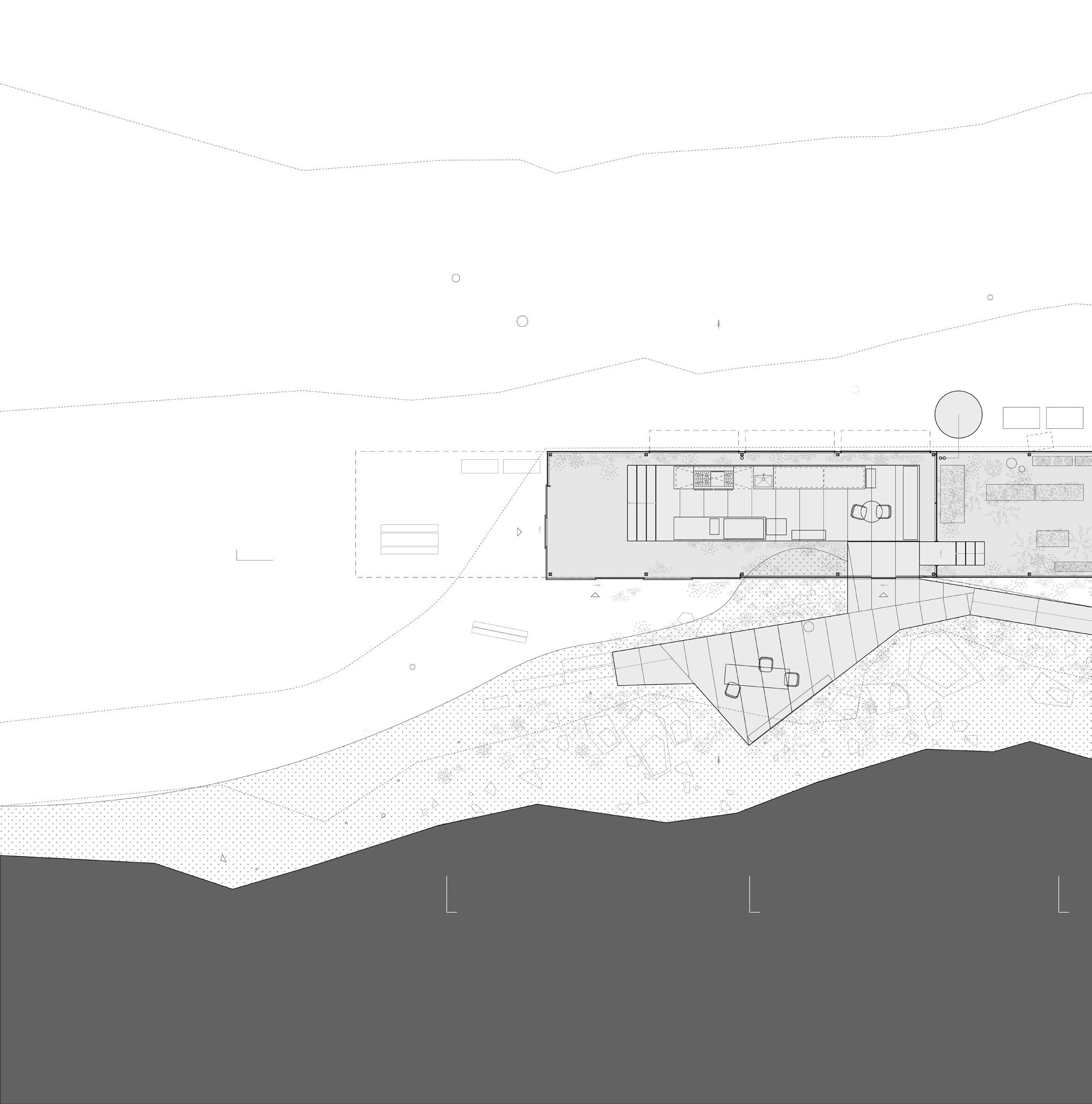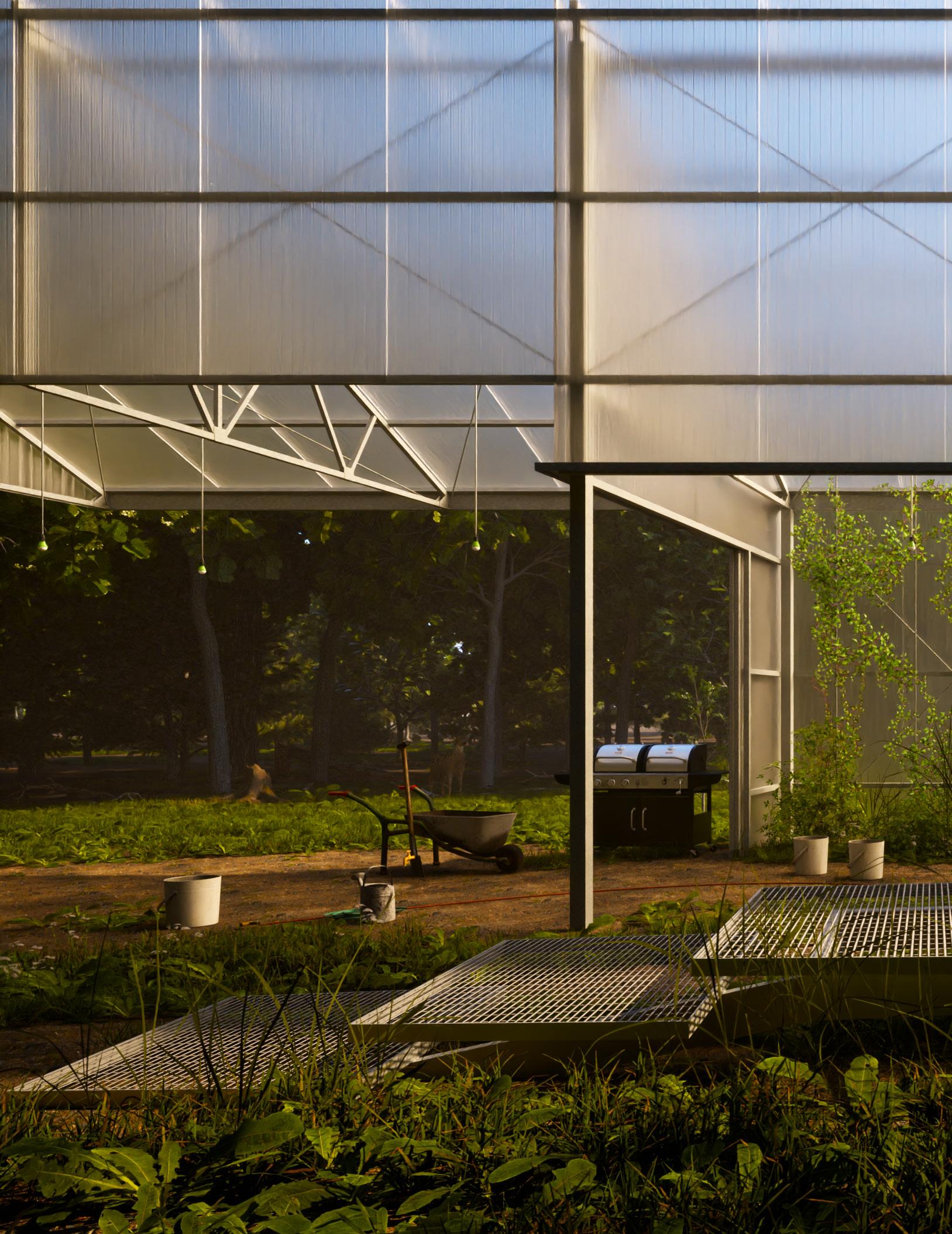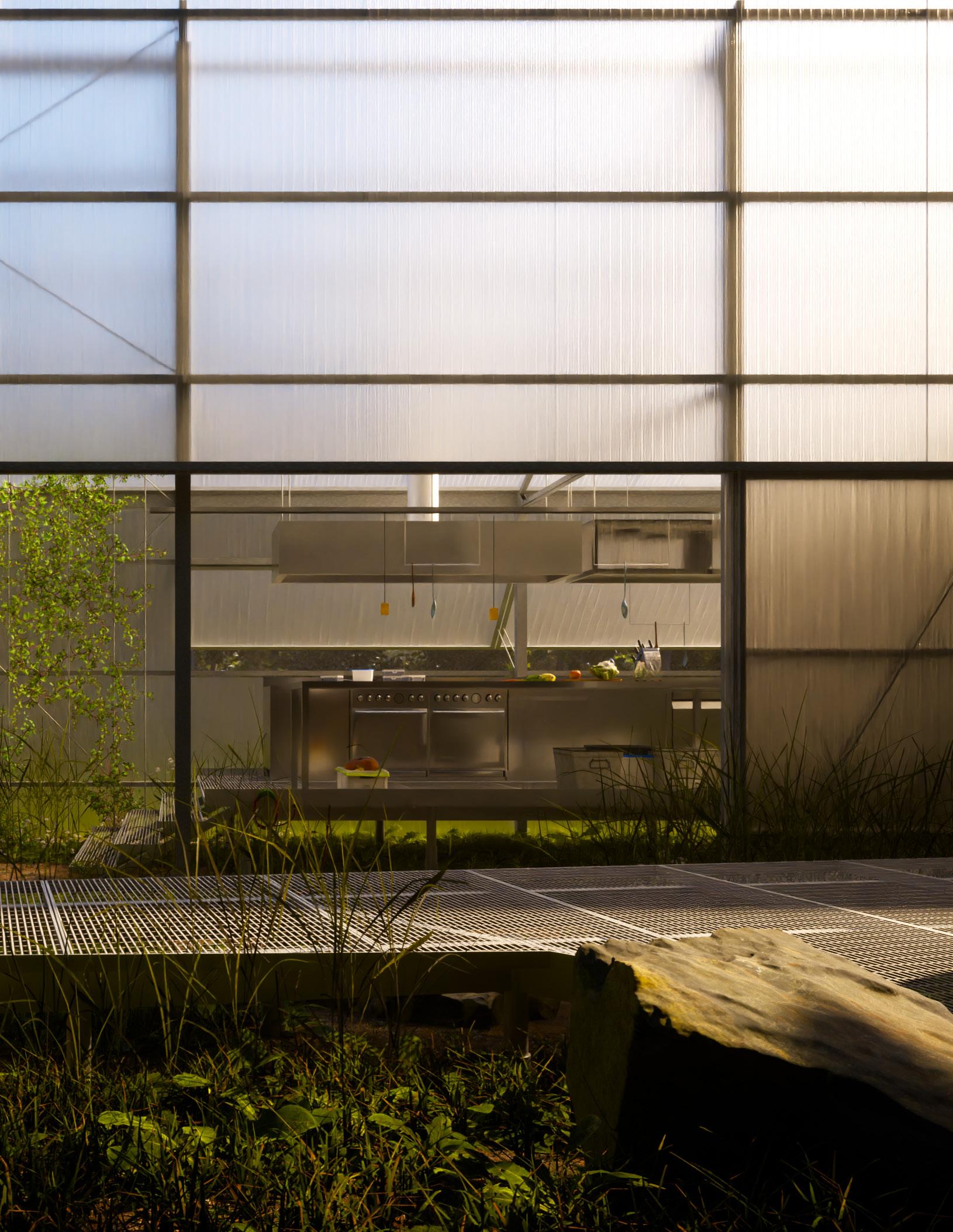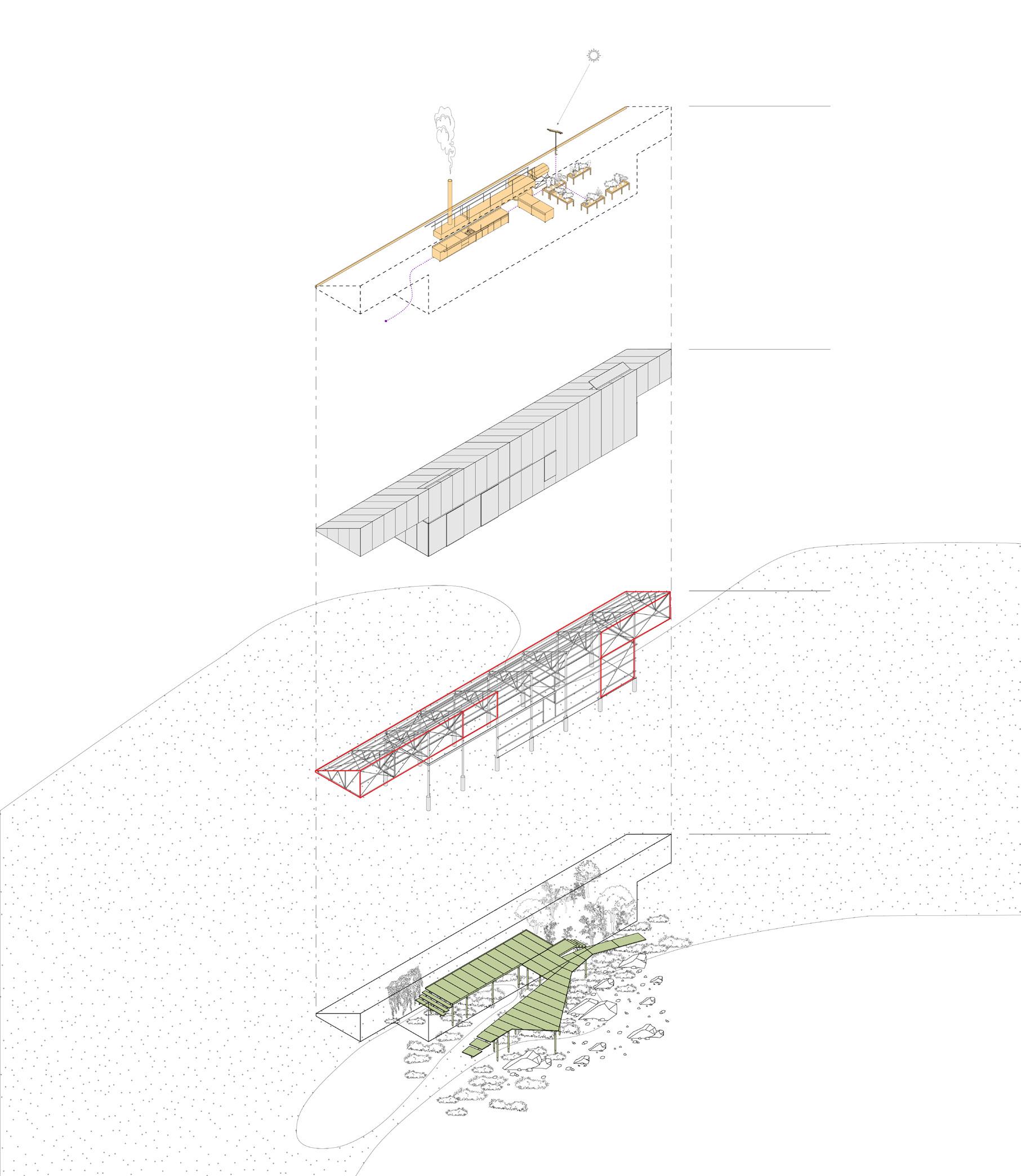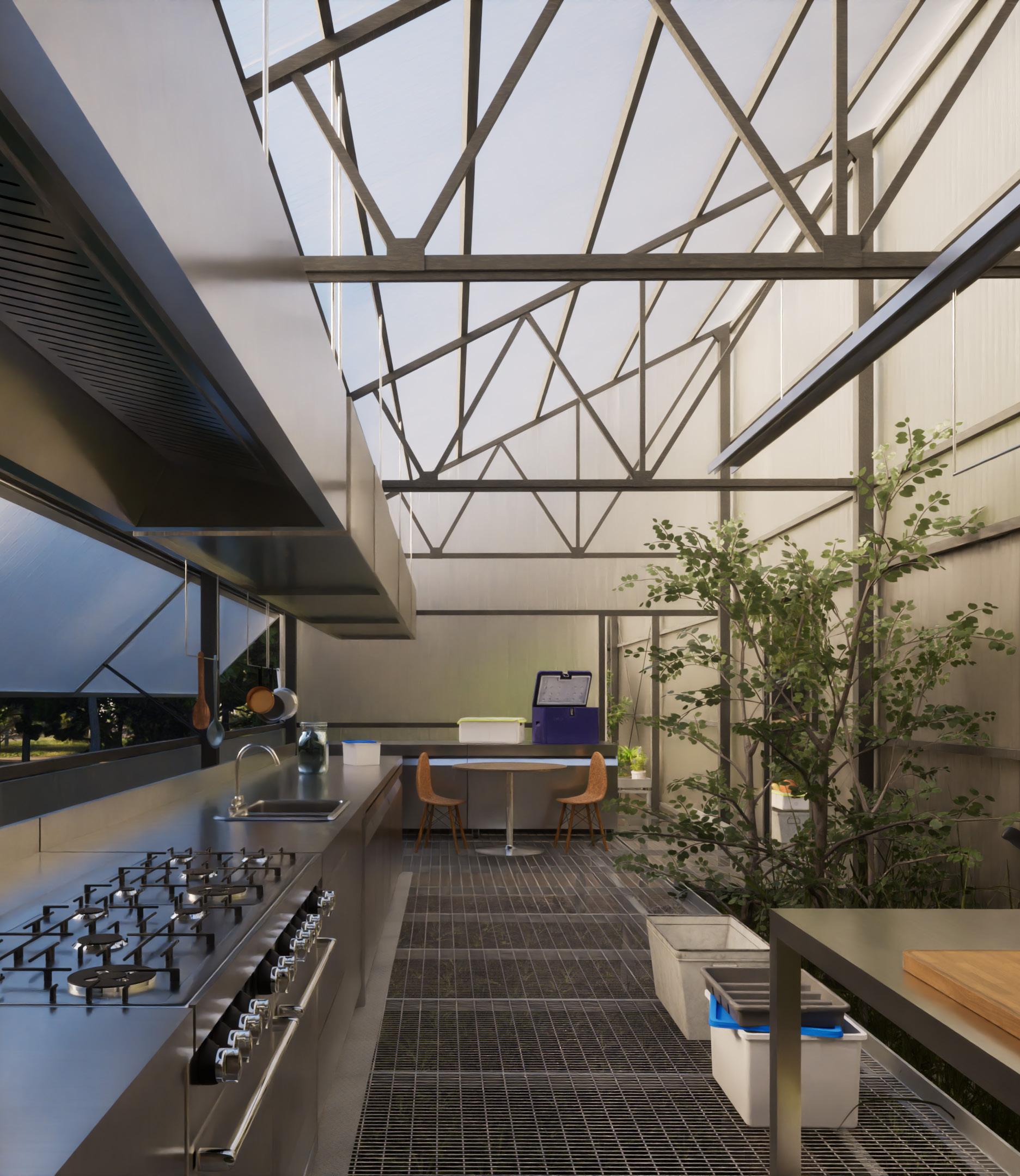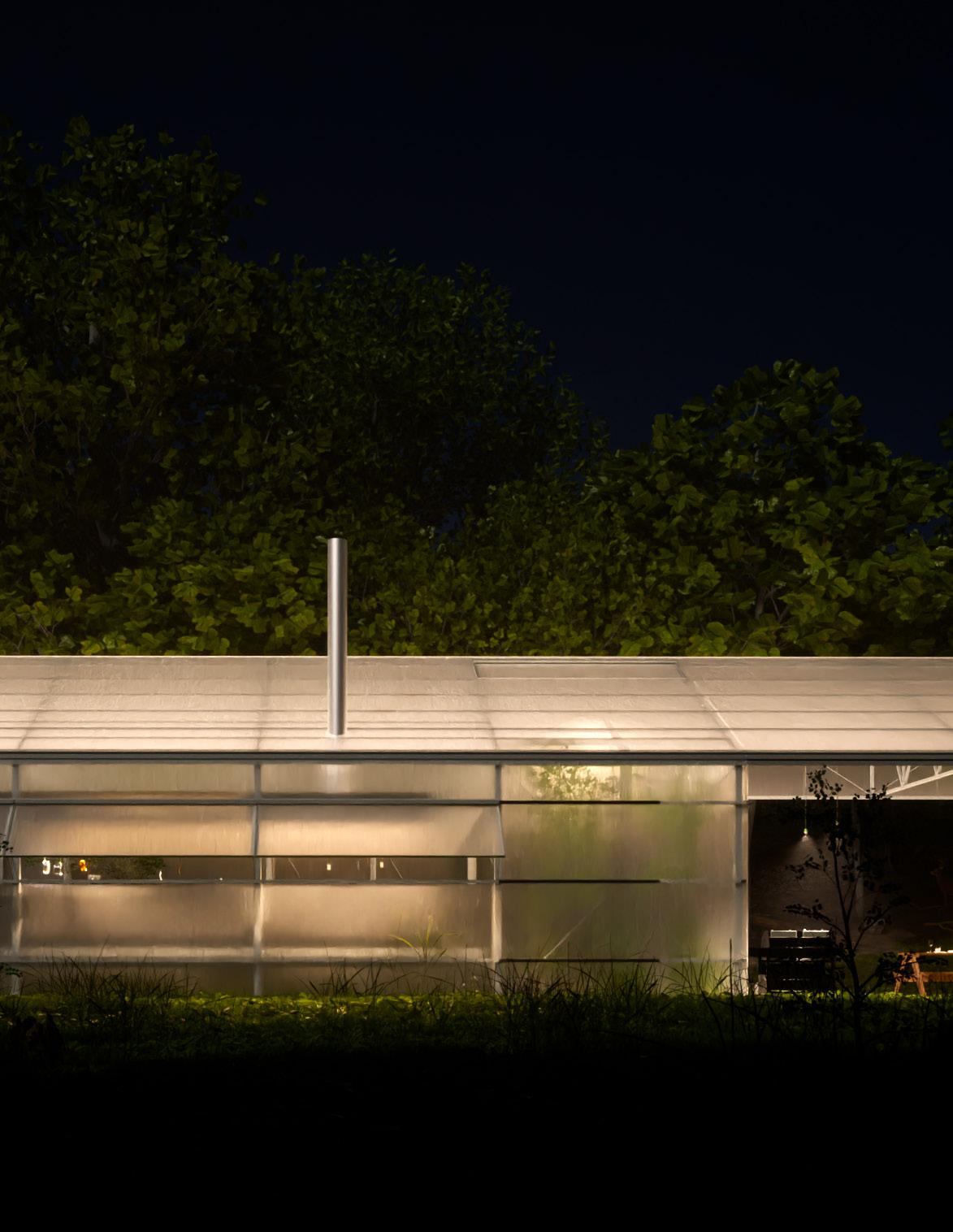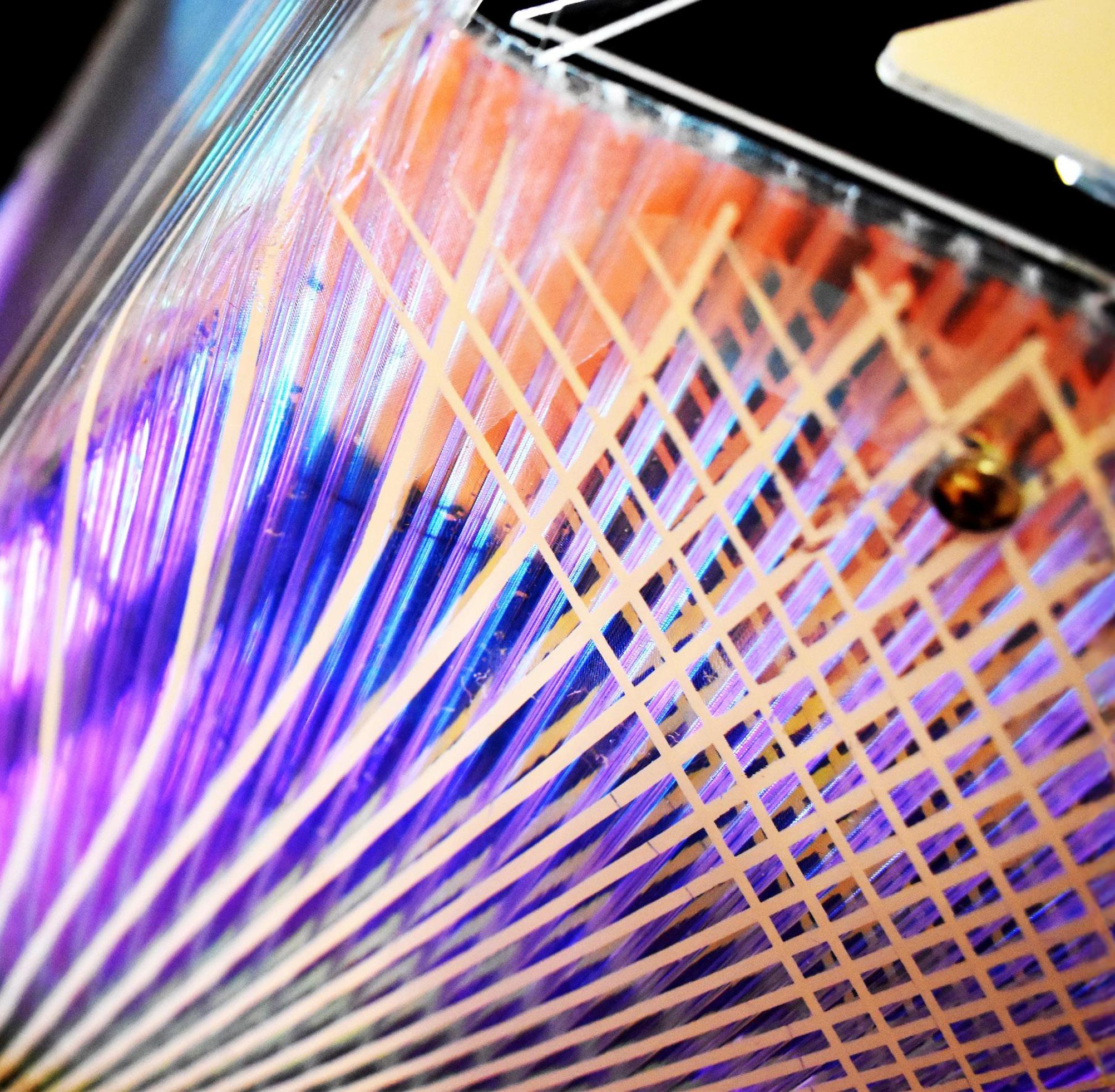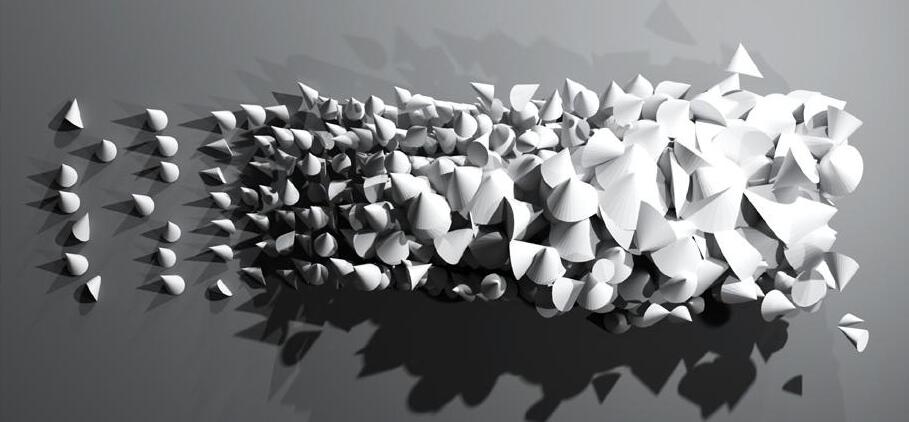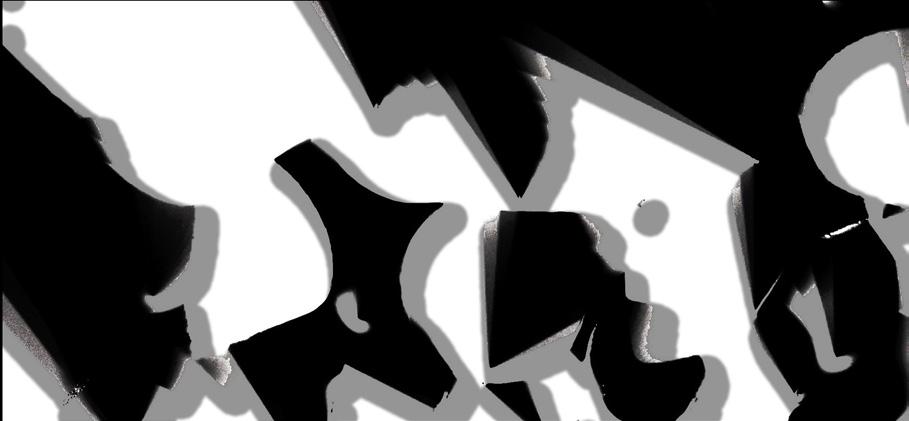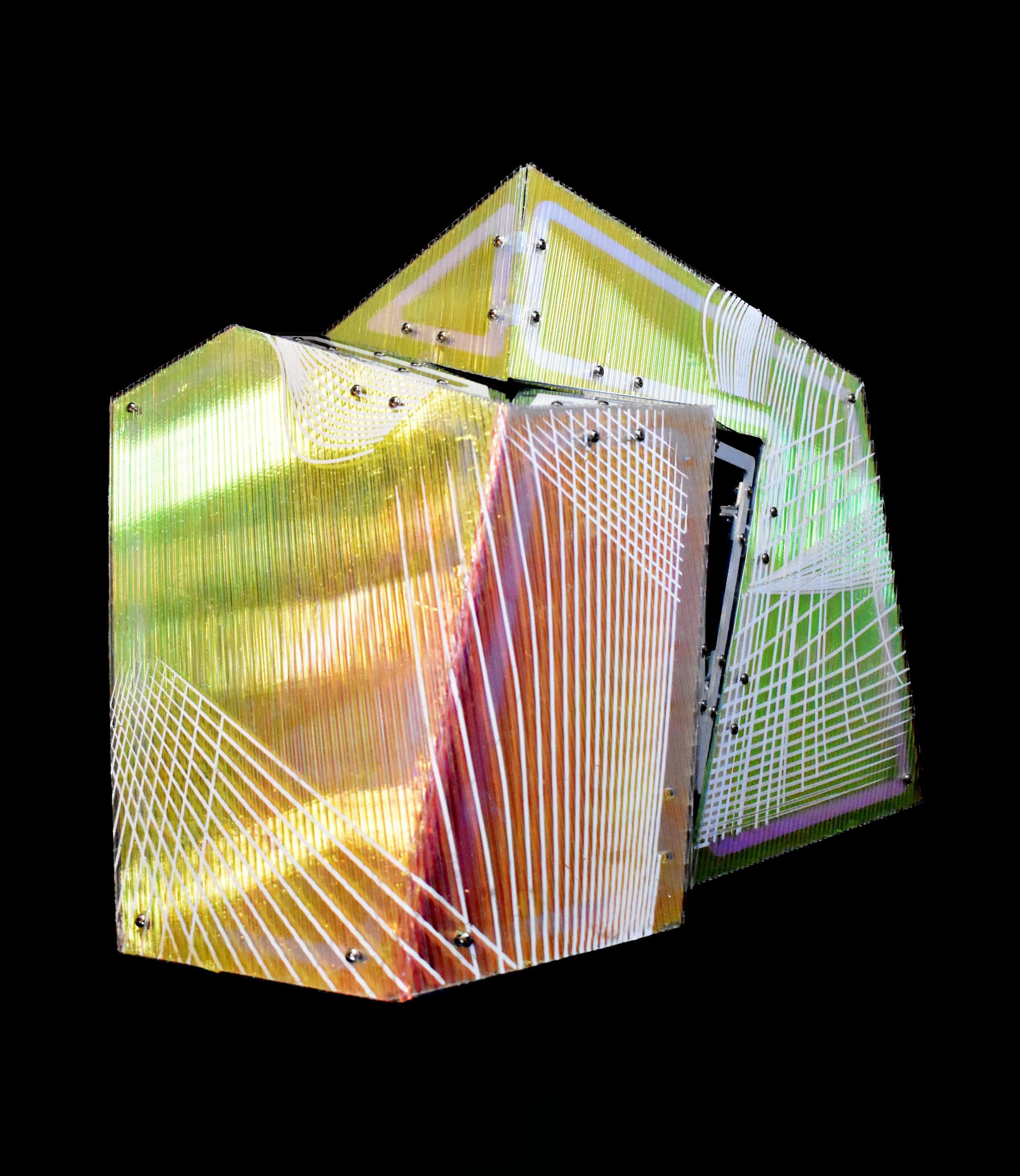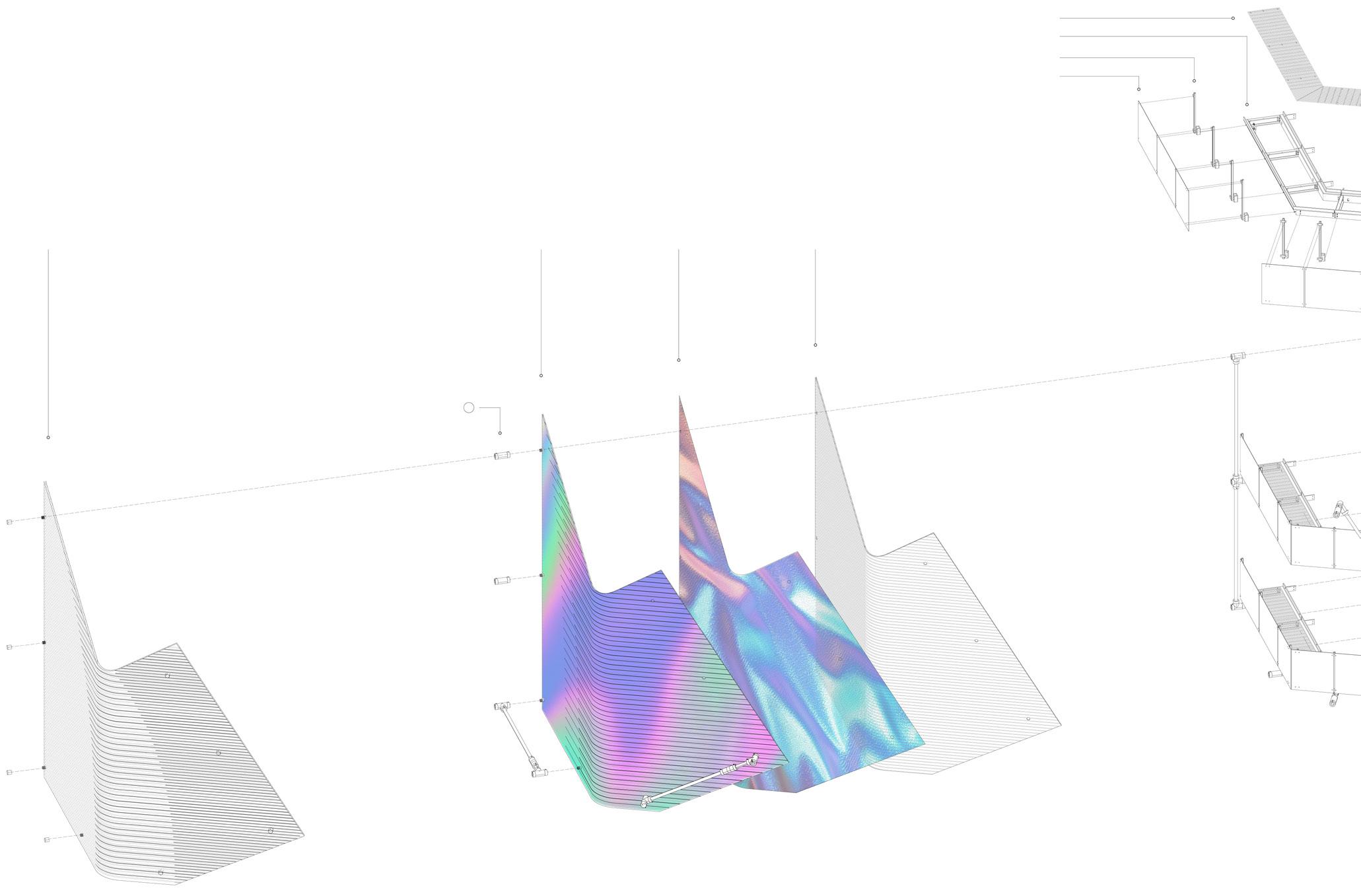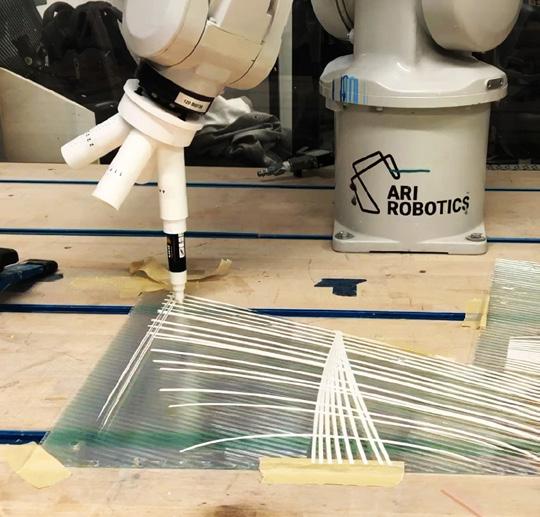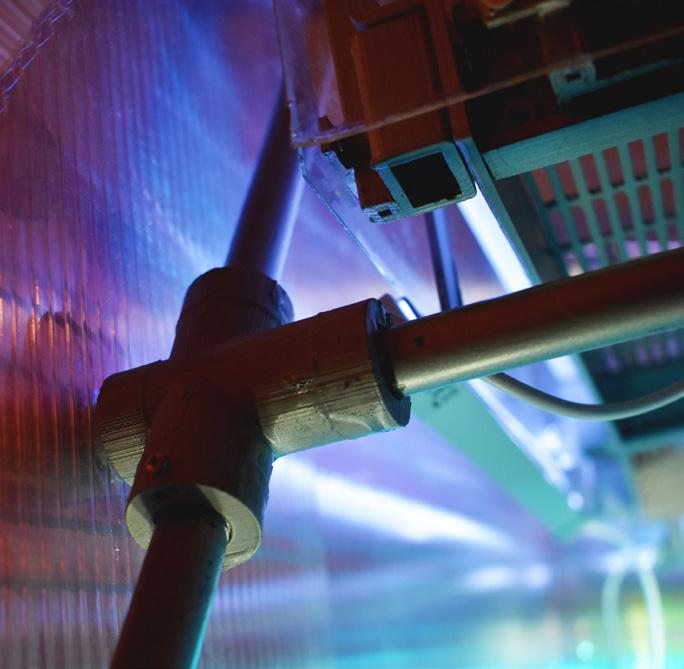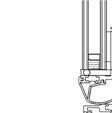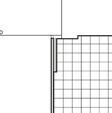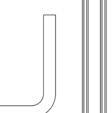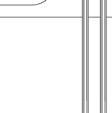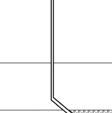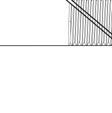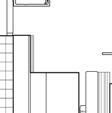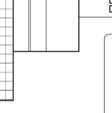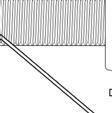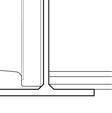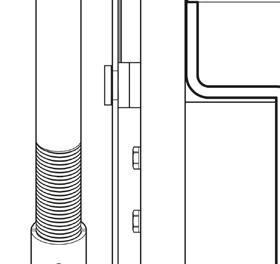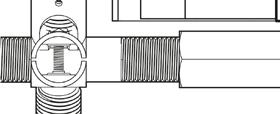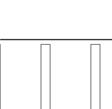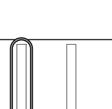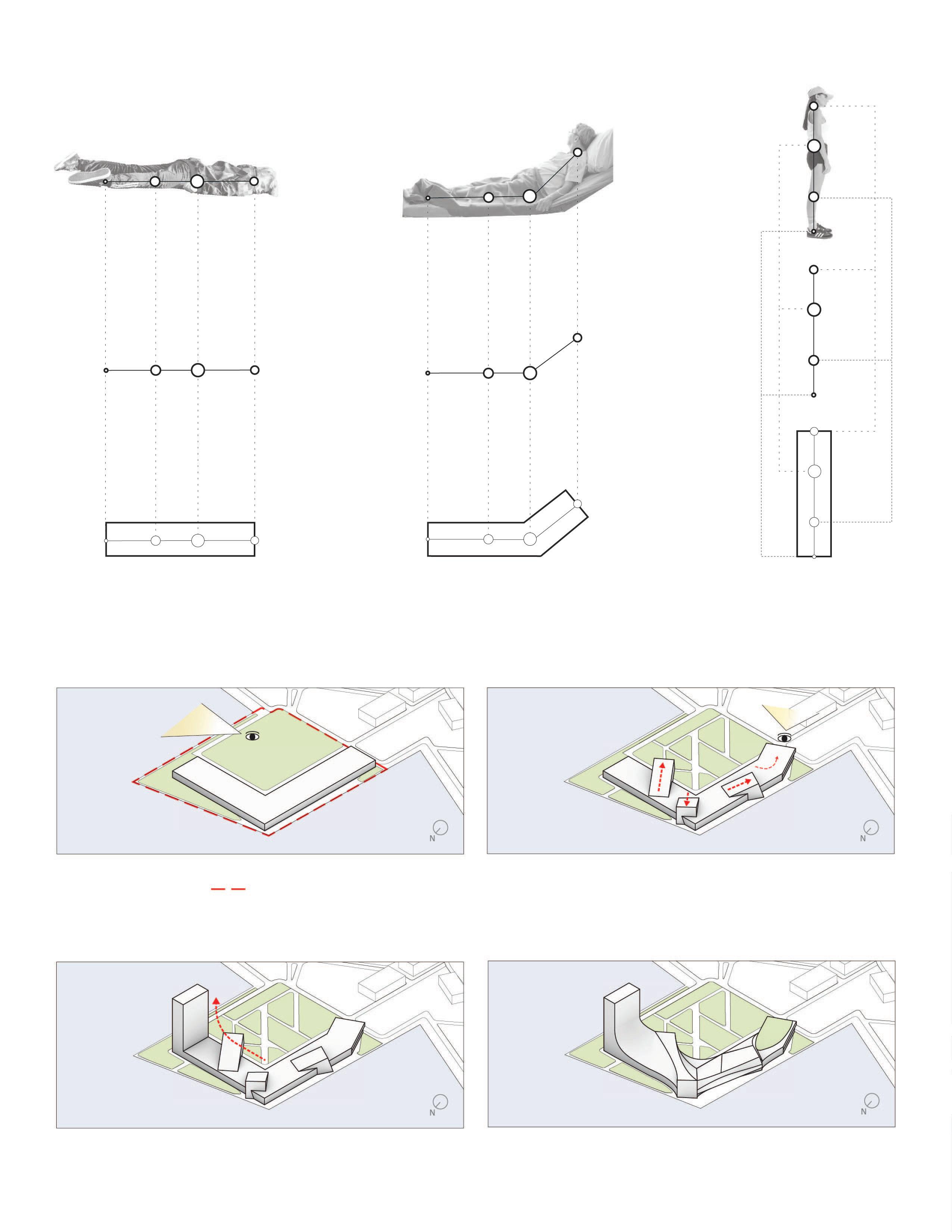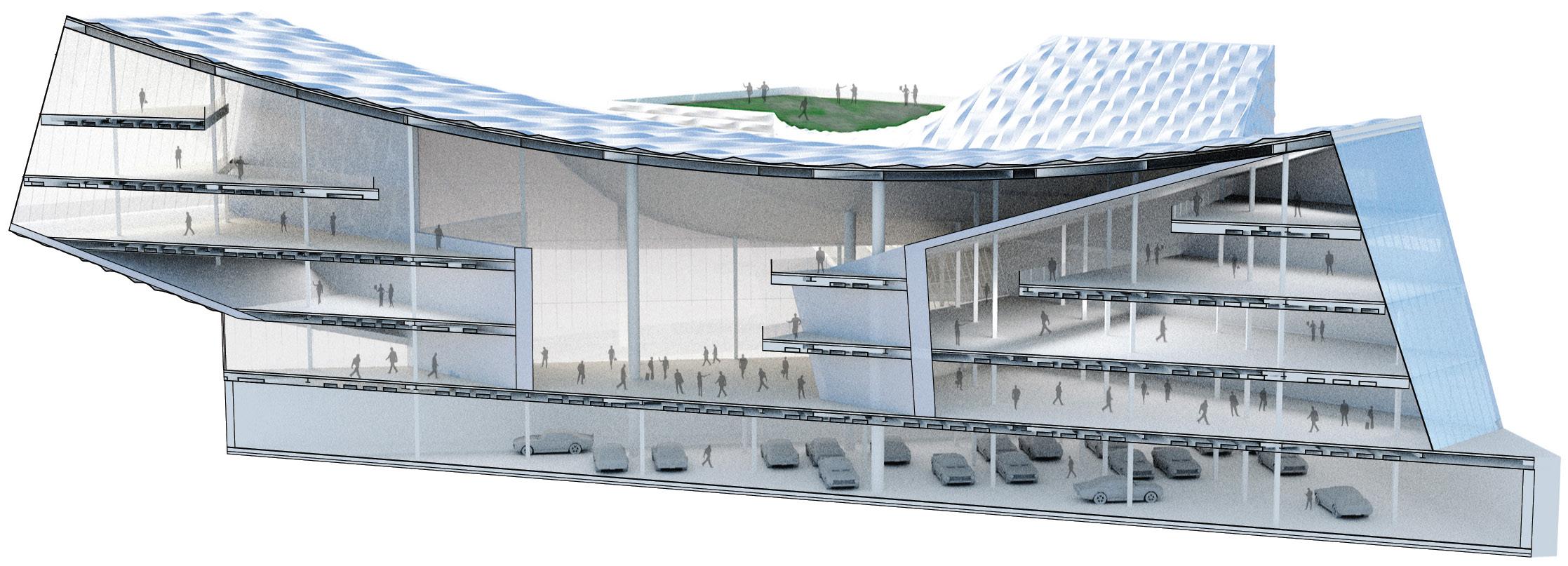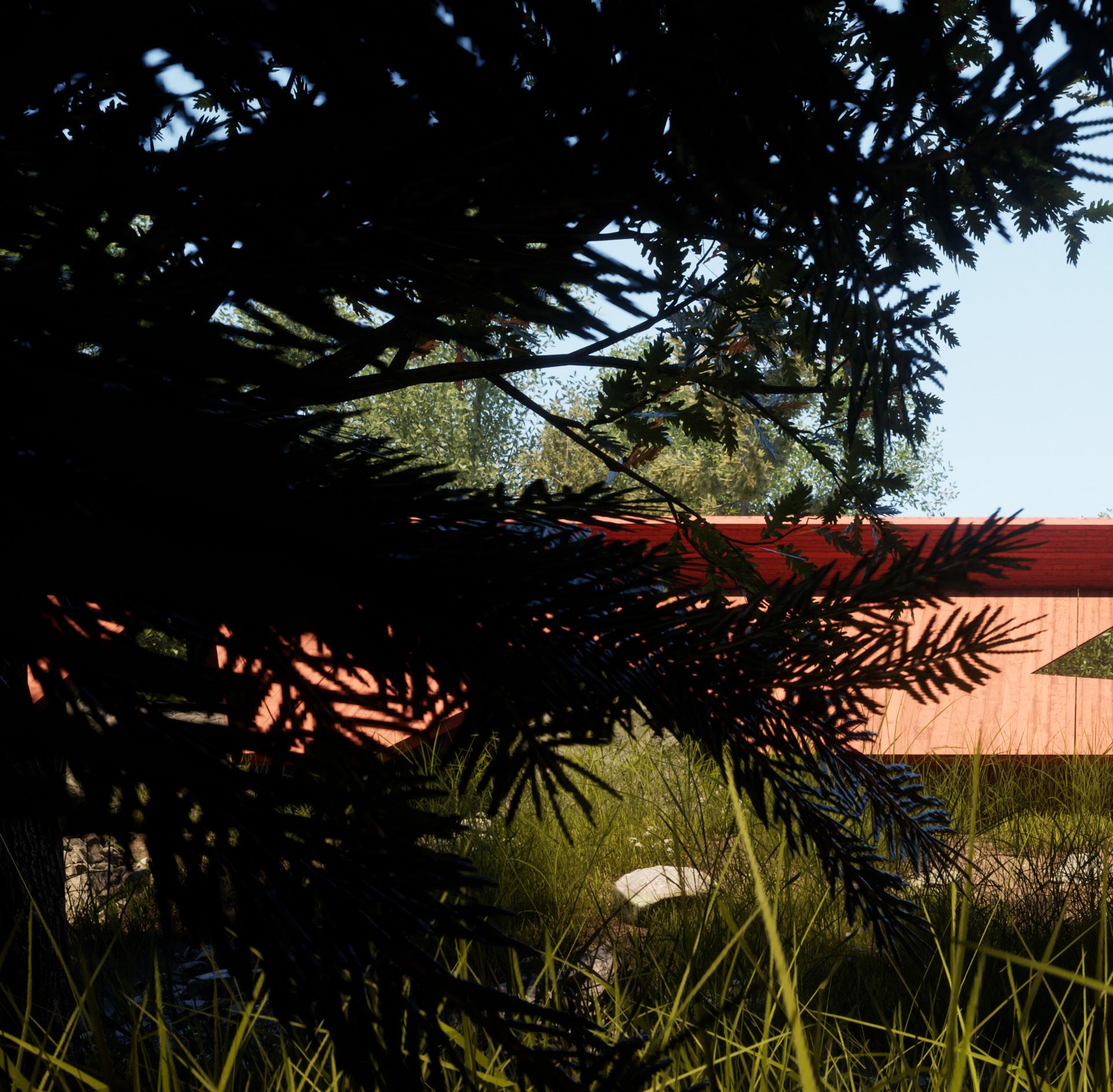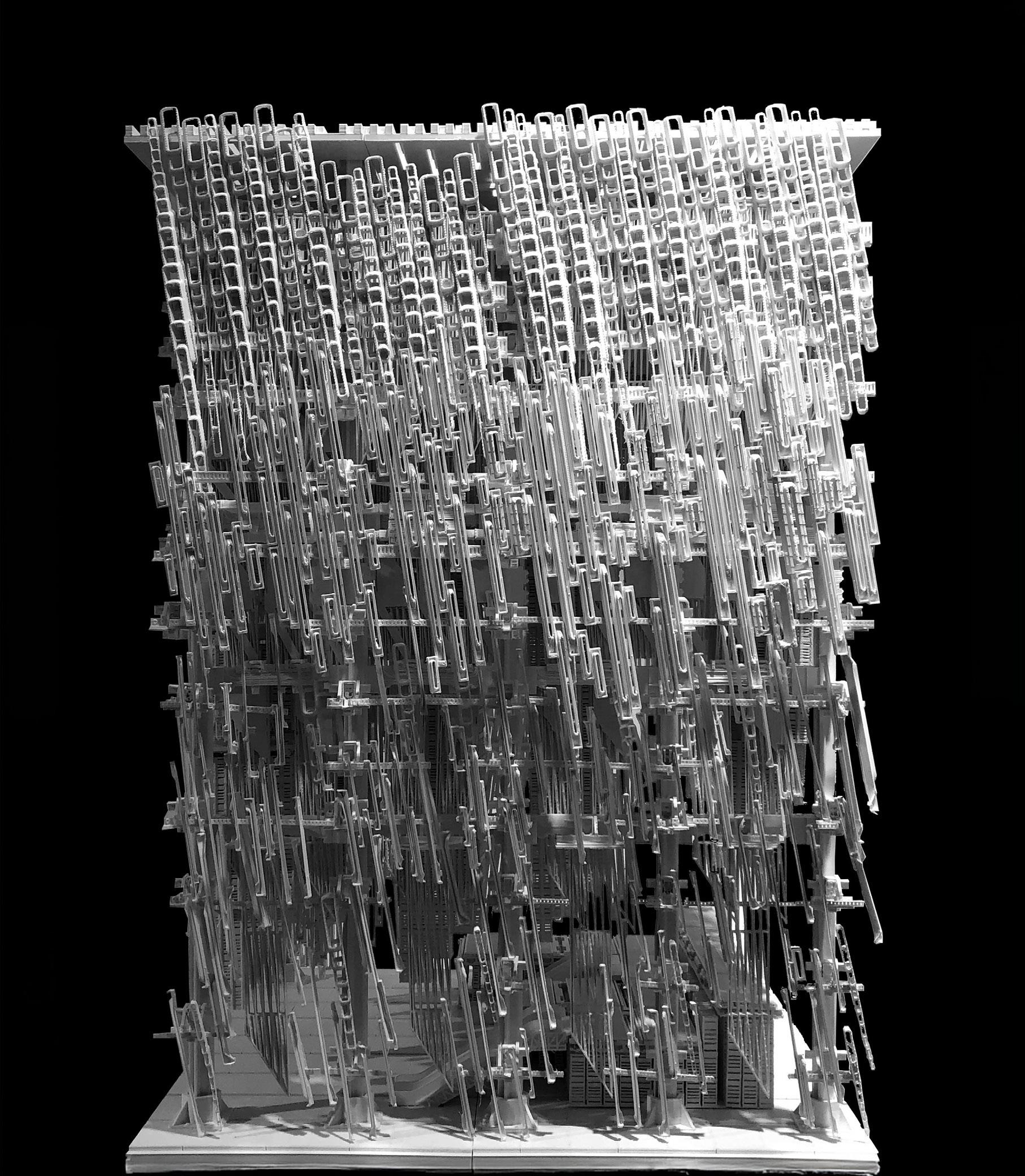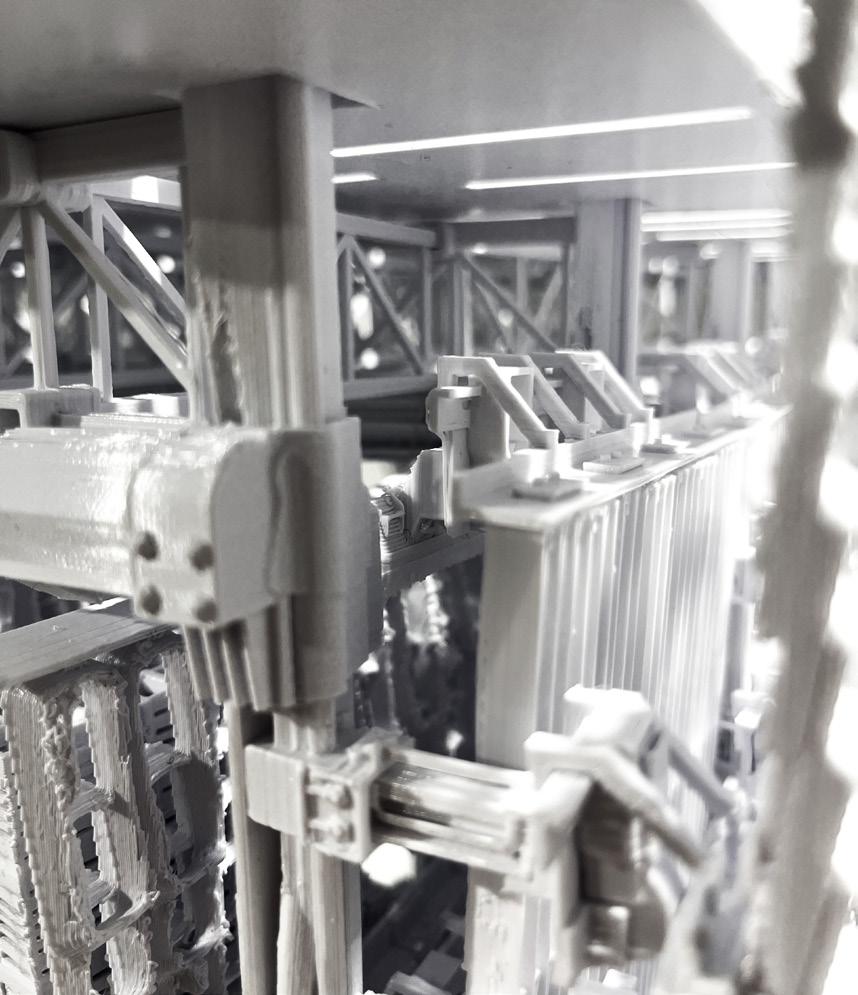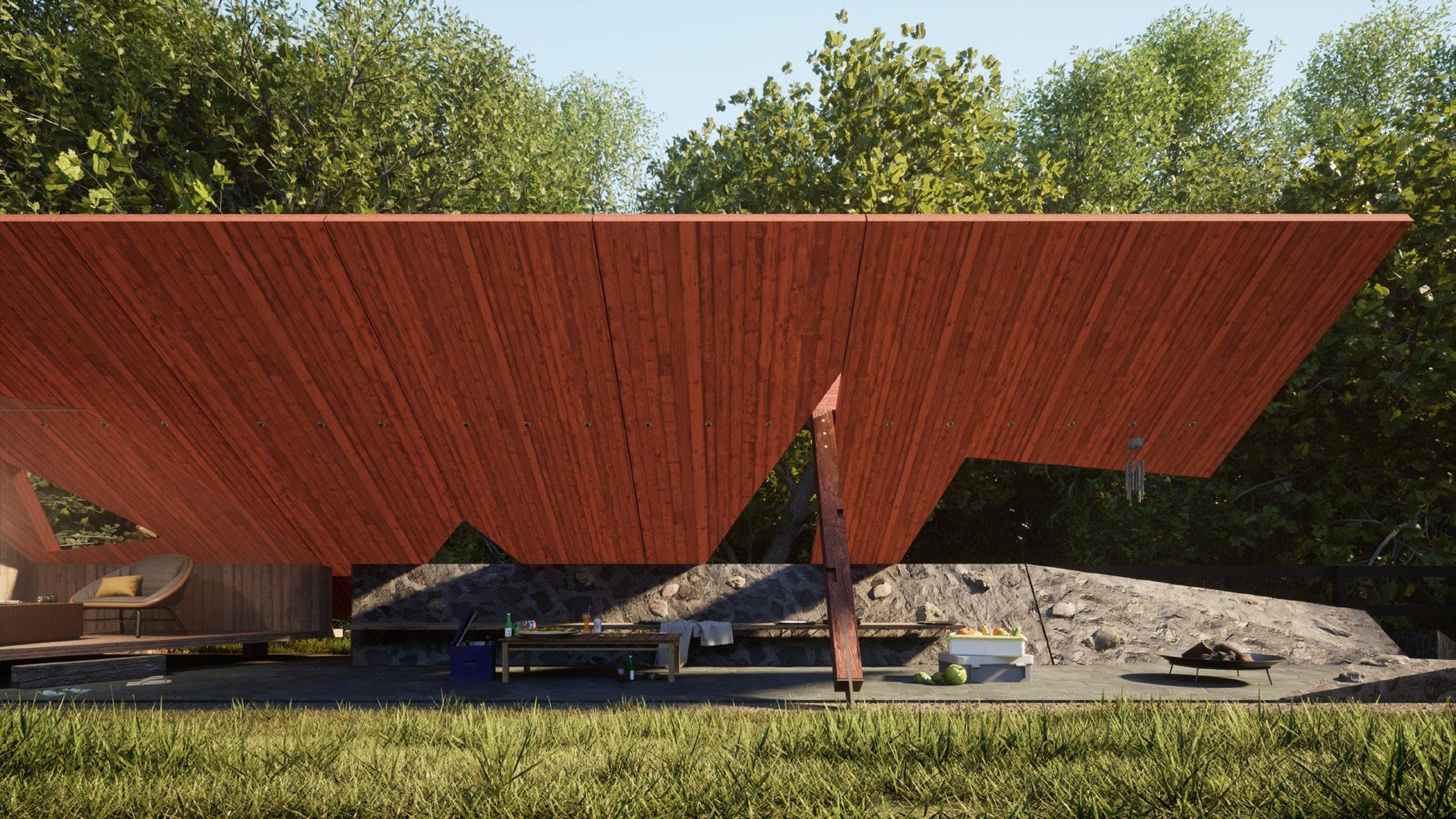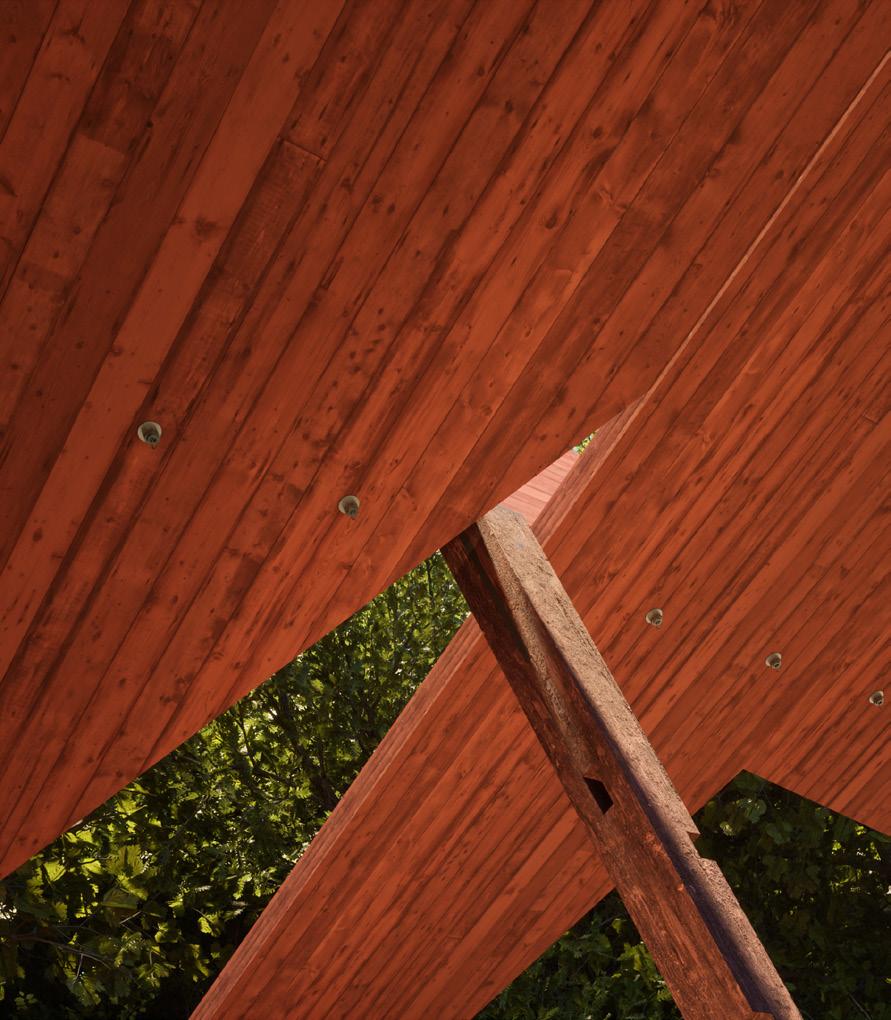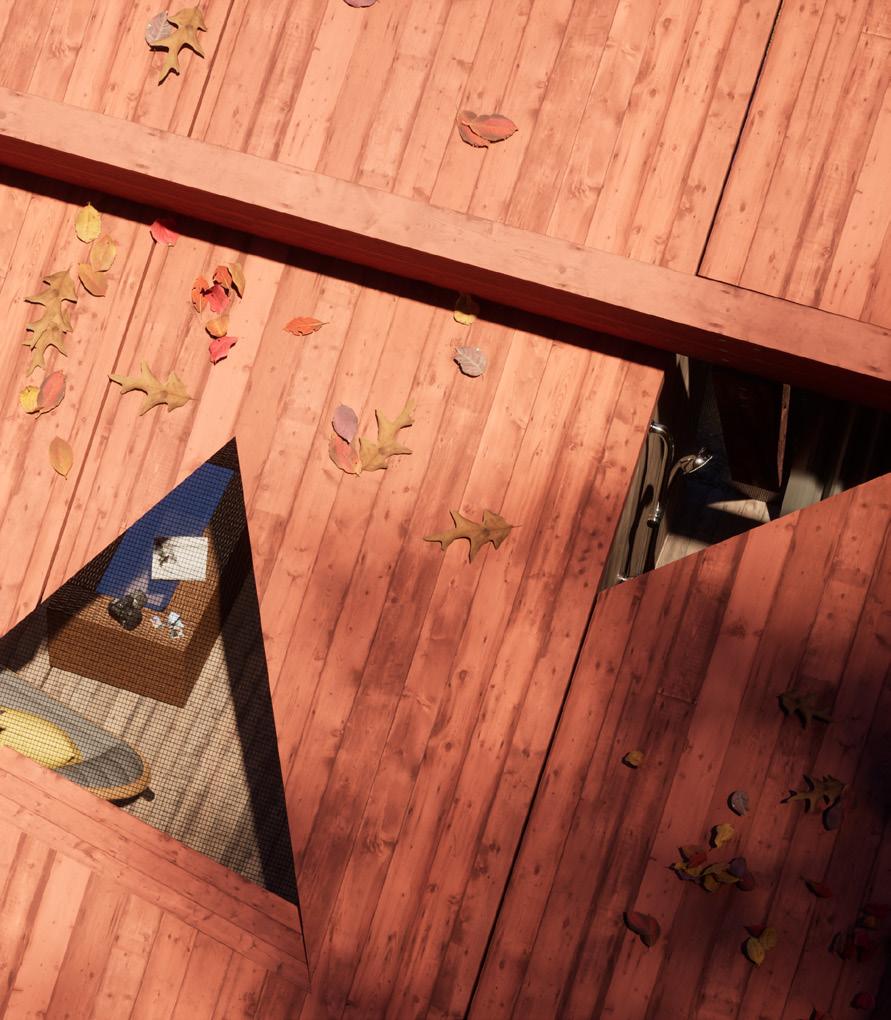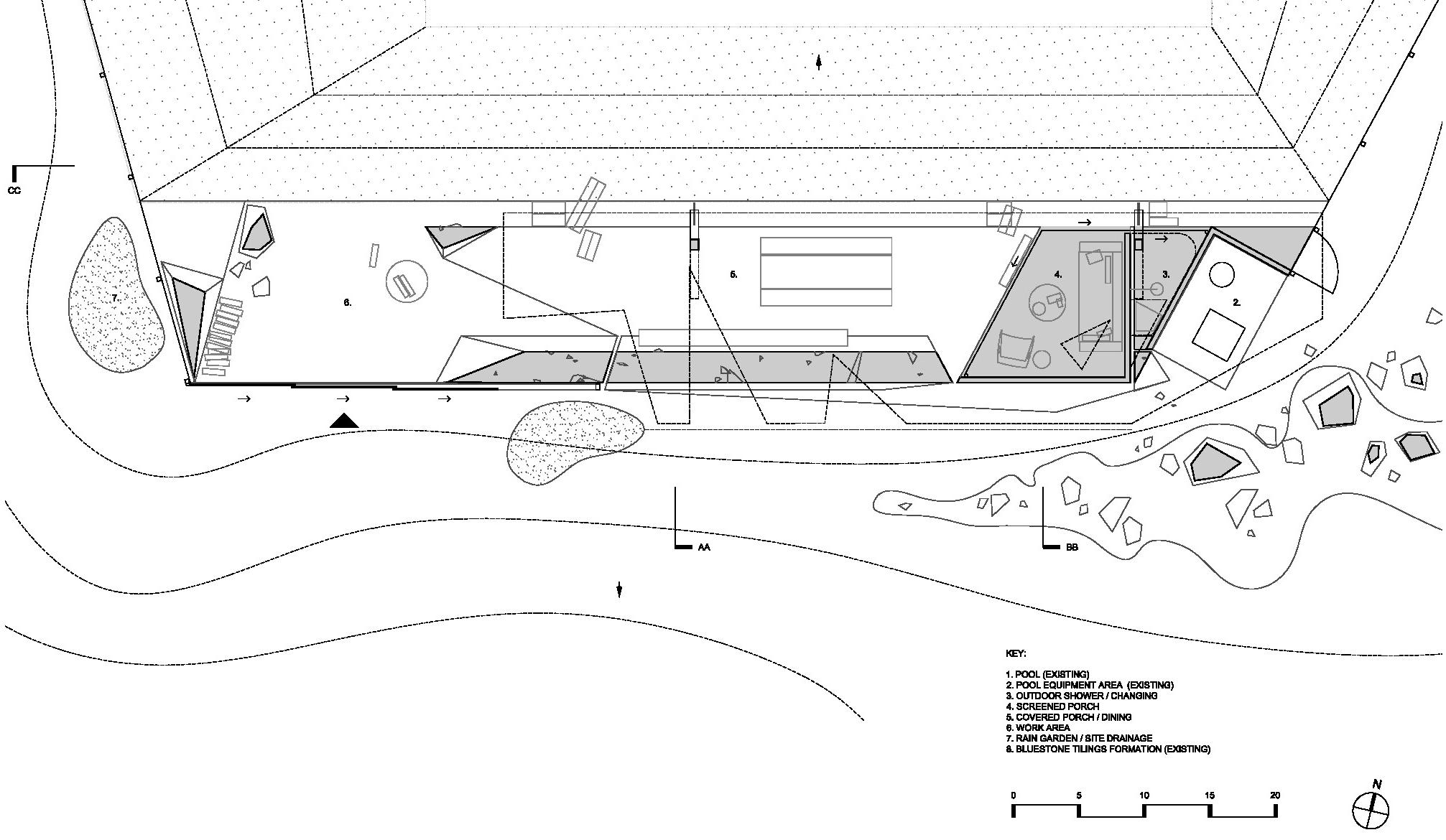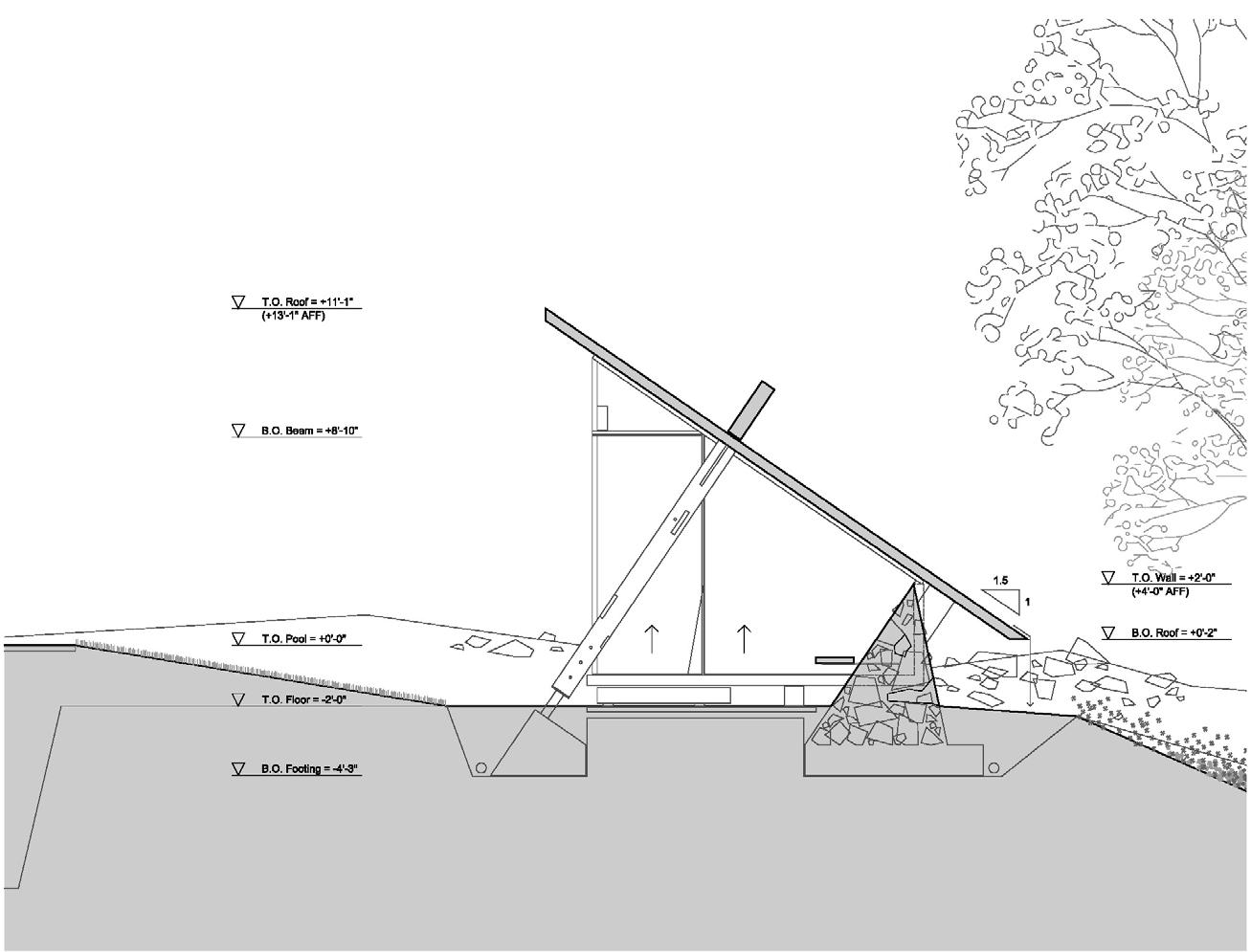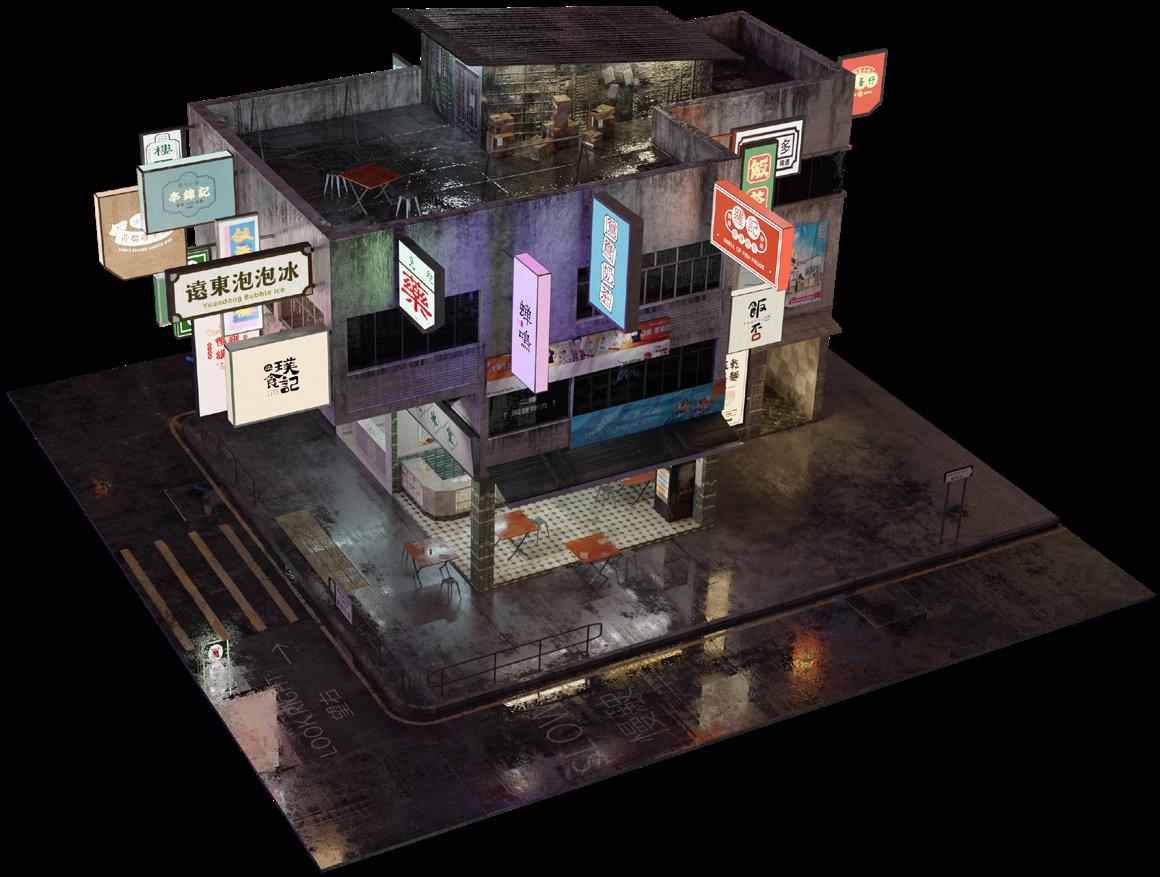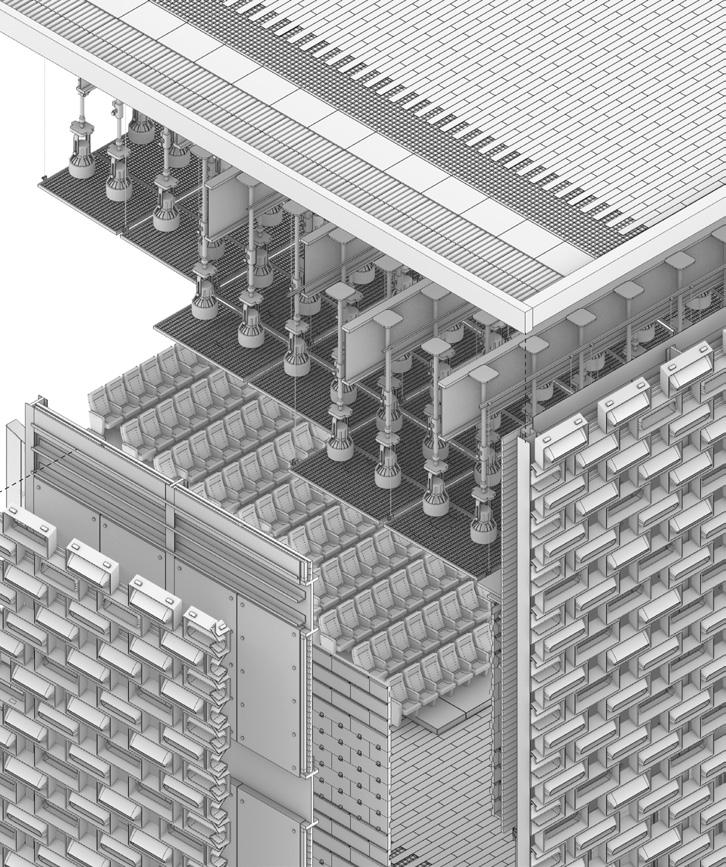PORTFOLIO
ZIYUAN(SAM) WU 2025
ZIYUAN(SAM) WU
I am an architectural designer dedicated to the principles of material reuse, adaptive reuse, and cultural integration. My work transforms salvaged materials into essential design elements that honor both history and modern needs, creating a unique narrative that bridges past and present. I believe architecture should resonate with its cultural context, where traditional design language informs innovative forms, grounding each structure authentically within its environment.
Through sustainable practices and computational techniques, I create resilient, adaptive spaces that balance environmental responsibility with meaningful, culturally rich experiences. Each project is an opportunity to reimagine the relationship between architecture and its surroundings, using resource-conscious strategies that reflect a thoughtful approach to design. My goal is to foster a deeper connection between people, place, and heritage, enriching both the built environment and the communities it serves.
Phone: 617.678.8053
Email: wuziyuan98@gmail.com
Linkedin: https://www.linkedin.com/in/ziyuan-sam-wu/ Personal Website: https://wuziyuan98.wixsite.com/wuarchi/projects
WORKING EXPERIENCE
PEOPLE ARCHITECTS
Boston, MA, U.S.
Architectural Designer 01/01/2025 - Present
UNIVERSITY OF PENNSYLVANIA
Philadelphia, PA, U.S. Lecturer 08/05/2024 - 01/01/2025
MABU DESIGN LLC
New York, NY, U.S.
Junior Designer
06/2023 - 12/31/2025 05/2023 - 06/2023 (Intern)
OPEN ARCHITECTURE
Beijing, China
Intern Designer 04/2022 - 08/2022
PENDA CHINA
Beijing, China
Intern Designer 05/2015 - 08/2015
EDUCATION
UNIVERSITY OF PENNSYLVANIA
Philadelphia, PA, U.S.
Master of Science in Design (MSD-AAD)
GPA: 3.94 / 4.0 09/2023 - 08/2024
RENSSELAER POLYTECHNIC INSTITUTE
Troy, NY, U.S.
Bachelor of Architecture & Minor Fine Art
GPA: 3.67 / 4.0 09/2018 - 05/2023
SAINT JOSEPH PREPARATORY HIGH SCHOOL
Boston, MA, U.S.
High School Diplomat
GPA: 4.0 / 4.0 09/2014 - 05/2018
SKILLS & INTERESTS
Rhinoceros 3D & Grasshopper
Maya Blender
Revit
Sketchup
V-ray
Enscape
Twinmotion
Unreal Engine Lumion
Substance Painter & Sampler After Effect & Premier Pro
Photoshop Illustrator Indesign AutoCAD
LEICA 3D Scan (Site Scanning)
Reality Cloud Studio (Point Cloud Processing)
3D Printing CNC & Laser Cutting
Robotic Arm Fabrication
Cantonese (Native)
Chinese Mandarin (Native)
English (Proficient) Japanese (Basic)
ACHIEVEMENTS
BUILDNER_2025 The Unbuilt Competition Shortlisted BUILDNER_2025 The Unbuilt Architecture Publication
AIA Tri-State (NY & NJ & PA) 2024 Design Award
AIA-NJ 2023 Honor Award_Small Projects
AIA-NJ 2023 Honor Award_Unbuit
RPI SOA_Dean's Honor List
RPI SOA_ 2019 Studio Design Honor Award
RPI SOA_ Student Work Publication & Archive
University of Pennsylvania_Graduate with Distinction Universer Scientific Publishing_Architectural Article Publication
Fortified Port of Beirut 1 4 3 2 5 6 Table of Contents
New Aga Khan Museum of Islamic Art
Foreign Cultural Integration
1 Chome-9-2 Yurakucho, Chiyoda City, Tokyo 100-0006, Japan
P1 - P7
White Chapel Project
Adaptive Reuse
15 2nd Ave, Long Branch, NJ, U.S.
P8 - P13
Twenty Ways Home | AIA Tri-State Award
Adaptive Reuse & Public Building
240 West Lawrence Street, Albany, NY, U.S.
P14 - P19
Food Lab | AIA Honor Award
Material Reuse
37 Martyn Lane, Accord, NY, U.S.
P20 - P27
Iridescent Offset
Material Reuse & Facade Design Fabrication
Urban Street Turning Corner
P28 - P33
Spiritual Cultural Integration
Port of Beirut, Beirut, Lebanon
P34 - P39
New Aga Khan Museum of Islamic Art
Foreign Cultural Integration
Instructor: Hina Jamelle
University of Pennsylvania MSD-AAD
https://wuziyuan98.wixsite.com/wuarchi/newagakhanmuseumofislamicart https://landarch.org/portfolio-item/new-aga-khan-museum-of-islamic-art/
In architecture, a “threshold” signifies the transition between distinct spaces, creating a transformative experience beyond a mere boundary. Our project, located at 1 Chome-9-2 Yurakucho, Chiyoda City, Tokyo 100-0006, Japan, explores this concept through the intersection of three Islamic patterns—geometric, Arabic calligraphy, and floral—each as a distinct volume. The threshold links these spaces, defining transitions and modulating their interactions. This museum itself serves as a “threshold” between expressions of Islamic culture across Asia, fostering cultural connection and understanding.
Thoughtfully integrated thresholds add depth to the facade, challenging spatial boundaries and enriching user experience. These zones guide movement, distinguish public and private realms, and create flexible, multifunctional spaces. Through variations in material, volume, and light, the thresholds create compelling visual and tactile contrasts, elevating functionality and aesthetics within a culturally immersive environment.
Arabic Pattern Extracted Selcted Range of Pattern
Interlock Between Thresholds THRESHOLD TYPES
Tangency Between Threshold & System
Tangency Between Thresholds
Intersection Between Threshold & System
Offset Between Thresholds
Offset Between Threshold & System
Threshold Rules
3D Threshold Techniques
The design concept is inspired by Islamic culture, using Arabic calligraphy patterns to explore “thresholds” as transitional spaces, adaptable across various scales in the museum.
Dense Urban Building
Lake
Open Public Park
Dense & Artificial Urban Context
Open & Natural Public Park
Threshold Region
Threshold Region
Flat & Thin Structure
Deep & Thick Structure
Deeper & Thicker Structure
Deepest & Thickest Structure
Deep & Thick Structure
Flat & Thin Structure
Balcony + Views of City
Least Population
Most Population / Turning Corner
Hibiya Metro Station Exit
Hibiya Metro Station Exit
The project site transitions from dense urban to open natural spaces. The facade thickens toward the street corner, inspired by Arabic patterns, creating balconies for visitor interaction and varied views.
Left - View of Facade Balcony
Right - Detail Section of Facade Balcony
aluminum panel concrete infill attachment plate
Handrail Floor
flashing stone pavement underlayment
waterproof membrane rigid insulation floor joint concrete slab
waterproof membrane structural plywood thermal insulation plaster (stone texture)
Stone Wall
stone panel attachment plate interlocking channel back anchor srews I-beam
The material joints serve not only to connect building culture with design language but also as structural elements that enhance functionality. For example, joints between the handrail and stone are designed for insulation and waterproofing, integrating aesthetics with structural performance.
Big Section (Left) Scale:
Galleries
Spaces
Galleries + Threshold Spaces
Lobby
Cafeteria
Gallery
Multimedia Space
Garden
Entrance
White Chapel Project
Adaptive Reuse
MABU Design LLC | New York Collaborator: DCAP
*I am mainly speicalising in material reuse part.
https://wuziyuan98.wixsite.com/wuarchi/whitechapelprojectwcp
This adaptive reuse project reimagines a vacant 14,500-square-foot warehouse in coastal New Jersey as a vibrant community arts center, breathing new life and energy into a long-neglected space. Located in Long Branch, just one block from the Atlantic Ocean and within a FEMA flood zone, the project redefines post-Hurricane Sandy redevelopment by approaching demolition as a creative and productive process rather than merely destructive. Strategically positioned between an abandoned downtown and a bustling waterfront, the center acts as a bridge, fostering much-needed growth, community engagement, and cultural revitalization in this evolving urban area.
The design involves phased demolition, strategic disassembly, and selective salvage, with minimal but thoughtful repairs that blend existing structures with new architectural elements. Salvaged materials, including 68,166 bricks and 243 timber beams, are integrated to create a flexible, multifunctional space. This approach reduces waste while imbuing the building with a narrative of resilience, sustainability, and community, positioning it as a model for urban growth that honors history and embraces a forward-thinking vision.
Left - Site Location / 15 2nd Ave, Long Branch, NJ, U.S.
Right - Original Warehouse Elevation
Project Site
Since the project site is located in an area along the coast that lacks community gathering spaces, this project aims to create vibrant communal areas for local residents and visiting tourists in New Jersey. By establishing these gathering spaces, the design enhances social interaction and contributes to the community's recreational needs.
Left - Collage of Deconstruction Process
Right - Analysis of Removal Exterior Wall Bricks Based On Solar Coverage
Portions of the exterior bricks and interior structures were strategically removed to optimize sunlight coverage in the Level 1 courtyard, guided by computational calculations in Grasshopper.
Exterior Wall
Structures
Wood Columns & Beams Dark Bright Wall Bricks
Concrete Window Fills Wood Floor & Ceiling Finish
Solar Coverage (Top View)
+33'-0" to +36'-0"
Original Warehouse
+21'-0" to +33'-0"
+10'-0" to +21'-0"
Left - Partial Exterior Wall & Floor Finish Removed
Top Right - Bricks Above Red Line Would Be Removed
Bottom Right - Wood Strucutures Recycled In Progress
Left - Original Warehouse Middle - life Cycle / Material Reuse Right - Community Gathering Space (Post- Renovated)
Removed Concrete
Removed Bricks
18,166 Bricks Recycled
406 SQF. Concrete
9,720 FT Woods
Removed Woods
Interior Wall
Courtyard Bench
Dinning Tables
Courtyard Floor Slab
Concrete Recycled
Woods Recycled
Courtyard Pavement
Front Facade
Beer Garden
Tower Vetibule
Machanical Room
TWENTY WAYS HOME
Adaptive Reuse & Public Building The American Institute of Architects(AIA) Tri-State Design Award [New York & New Jersey & Pennsylvania] MABU Design LLC | New York
*I am mainly speicalising in material reuse, redesign of landscape & designs of interior renovation.
https://wuziyuan98.wixsite.com/wuarchi/twentywayshomerisse
This adaptive reuse project transforms a decommissioned 17,000 sqf Methodist church at 240 West Lawrence Street, Albany, NY into a multi-building campus for RISSE, a nonprofit organization supporting refugees and immigrants. The design reimagines the historic site as a global gateway—converting the sanctuary into a non-denominational, multi-purpose space and transforming the former parsonage into a youth center with a new rear addition. A comprehensive site plan reorganizes the 37,200 sqf property with landscaped topography, gardens, and new accessory structures such as a playground and outdoor gathering areas.
Framed by the intersection of increased global migration and the decline of organized religion in the U.S., the project repositions a religious structure for humanitarian purposes. Through strategic, modest interventions—like a skylight “skyroom” and improved access points—the design creates an inclusive, dignified, and non-institutional environment. It supports RISSE’s mission to welcome newcomers from over 40 countries and provide a meaningful sense of home in the Capital Region.
RISSE, Albany, New York, U.S.
1
* Fig. 1 & 2 - The ramp into the side entrance separates the big playground into two, which is not efficient for the use of space.
* Fig. 3 - Small amount of nautral light go into the existing cafe through those small windows due to the earth of the playground in front of the cafe.
Fig.
Fig. 2
Fig. 3
Right - Fig. 4: Existing Condition / The Ramp (Big White Line) Separates The Playground
Right - Fig. 5: Post Renovated Condition / Two Playgrounds Into One Continuous Playground + New Ampitheatre
Fig. 4
Fig. 5
Garden
Ampitheater
Lower Terrace
Upper Terrace
Green Playground
Round Playground
Parking Lot
Vestibule
Multi-Use Hall
Skyroom
Reception Space
Meeting Space
Office
Top Right - Green Playground Built Up By Recycled Soil Bottom Right - Ampitheatre In Terrace Form
Top Left - Proposed Cross Section Bottom Left - Right: Original Dining Room Without Enough Natural Light (Basement Level)
Left: View From Dining Room to Ampitheatre / New Entrances
Top Right - Post Renovated Dining Room With New Pegboard Wall Bottom Right - New Pegboard Wall Components Cultural exchange between refugees’ origins and their new environment
Top Left - Existing Condition of Multi-Use Hall As Church (Left) & No Skylight Above Organs (Right)
Botton Left - Removed + Recycled + Added Elements of Multi-Use Hall (Ground Floor)
New Skyroom New Office Entrance
Curtain Walls
Top Right - Skyroom Open Mode As Relaxed Reading Space
Bottom Right - Skyroom in Closed Mode as Prayer Space
Bridging Immigrant refugees’ Cultural Roots With New Life In The U.S.
The Food Lab, located at 37 Martyn Lane in the forested north side of New York State, is designed to immerse its users in a natural, open-air cooking experience. During the warmer months, large doors can be opened to bring the forest’s sights, sounds, and scents directly into the cooking area, creating a seamless transition between indoors and outdoors. The cooking platform is elevated on a metal grid, allowing natural vegetation to thrive beneath it and preserving the landscape while inviting nature into the space.
A rear platform connects with the site’s gently sloped landscape, offering a smooth, organic flow between the building and the surrounding forest. This setup allows visitors to circulate freely and experience the site from different perspectives. Constructed from recycled materials, the structure features semi-transparent polycarbonate sheets on metal frames, allowing soft natural light to filter inside. This design enhances energy efficiency and aligns with the project’s goals of sustainability and cost-effectiveness, creating a modern yet harmonious addition to the natural landscape.
STRUCTURE 3
EXISTING SITE WALL
EXISTING RESIDENCE
STRUCTURE 2
UPPER SITE / POOL AREA
FOOD LAB
STRUCTURE 1 LOWER SITE / WOODLAND
The project site, located on the east side of the property and surrounded by dense forest, offers natural design inspiration from elements like angular rocks, tall bushes, and fallen branches. These features should be preserved and protected in the design process.
EXISTING SITE WALL
Re-construction
Customization
5. Onsite 2nd Use Expansion / Addition 6. Onsite 3rd Use Deconstruction 7. Onsite No Use
Re-construction & Standard
Re-construction & Customization
“Reuse material” rethinks the lifecycle of components, transforming off-the-shelf polycarbonate panels into disassemblable greenhouse kits that protect and blend into the forest’s natural environment.
1. Rock Formation “A” (Existing)
2. Rock Formation “B” (Existing)
3. Terrace
4. Woodland Trail
5. Fern / Rock “Garden”
6. Covered Porch / Dinning
7. Work Area
8. Test Kitchen
9. Entry / Seating
10. Greenhouse
11. Covered Porch / Loading
12. Cistern / Composting
13. Fern Field (Existing)
The recycled polycarbonate panels’ transparency gives the structure a lightweight, floating appearance above the vegetation. This permeable quality makes the architecture feel open and “breathing,” seamlessly blending with its natural surroundings.
/ Infrastructure
Equipment
Enclosure
Structural Frame
Raised Floor Platform
Flood Lab Equipment
Solar / Water Lines
Custom Structure Elements
Elevated Paltform
The landscape element emerges and grows within the test kitchen, helping blend the Food Lab seamlessly into its surroundings, even when in a closed mode.
Iridescent Offset
Material Reuse & Facade Design Fabrication
Instructor: Viola Ago Partner: Shiru Chen
University of Pennsylvania MSD-AAD
https://wuziyuan98.wixsite.com/wuarchi/iridescentoffset
Iridescent Offset is an architectural concept that employs materials with iridescent qualities to create surfaces that shift in color and appearance with changes in light and viewing angles. The term “offset” refers to the purposeful layering and placement of these materials to amplify their interaction with light, transforming facades into dynamic, responsive elements. This approach brings depth and intrigue to the design, making building surfaces visually engaging and enhancing their role within the urban landscape.
Strategically applied at prominent street corners, the design repurposes reclaimed twinwall panels with iridescent finishes, subtly softening edges and embracing a philosophy of material reuse in architecture. By integrating these panels, the design reduces waste and enriches the building with a layer of history and sustainability. As the surfaces blend with shifting light, they create a cohesive visual flow, guiding viewers smoothly around intersections. This approach not only introduces a fluid, adaptable edge at street level but also celebrates the potential of reused materials, transforming them into vital elements of contemporary architectural expression.
1. Digital Dropping (Blender)
Offset relationship between shadow and light
2. Non-parallel Offset & Layer Formations
Boundaries of outer layers are not parallel to the inner ones
3. Layered Material Test
Overlapped layer with corresponding material - iridescent effect
4. Robotic Painting Lines Extraction
Line extractions based on shadow edges from layered materials
"Iridescent Offset" combines 2D robotic-painted lines on reclaimed twinwalls with a 3D spatial offset between panels, creating visual depth and potential for future habitable spaces. This approach merges aesthetic innovation with architectural functionality.
Top - Material Layer Of Assembly / Recycled Twinwall + Catwalk + Curtain Wall
Bottom Left - Processes of Manual & Robotic Fabrication
Bottom Right - Zoom-In Details Of Disassembly Layers
Thermal Forming - Recycled Twinwall
Robotic Fabrication
Robotic Fabrication - Facade Painting
8mm Twinwall + Painted Lines
Iridescent Film + Painted Lines + 4mm Twinwall Iridescent Fabric 4mm Twinwall
Catwalk Grating Panels
Catwalk Bottom Rails
Handrail Vertical Structures
Handrail Glasses
Zoom-In Disassembly Details 1 Zoom-In Disassembly Details 2
1. 10" Long Steel Threaded Rod
2. 3D Printing Rod Mount + Screws + Nuts
3. Shaft Collars + Screws + Nuts
4. 1' Long x 1" Height Aluminum Bar
1. 1/2” x 1” Stainless Steel Standoff Cap
2. 4mm Acrylic Panel
3. 1/2” x 1” Stainless Steel Standoff Body
4. 3D Printing Acrylic Mount + Screws + Nuts
5. Shaft Collars + Screws +Nuts
6. 1’ Long x 1” Height Aluminum Bar
8mm Twinwall
4mm Acrylic Panels
H-Bar Structures
Left - Physical Model Details / Strucutral Components
Right - Facade + Catwalk Section / Zoom-In Details
Catwalk Grating Lock
Catwalk-Handrail Connections
Structural Rods For Recycled Twinwalls
Zoom-In Detail 1
Rod
Catwalk Beam
Insulation
Clad Panel
Structural Frame
Glass
Zoom-In Detail 2
Bottom Rail
Rod Joint
Handrail Stand
Screw
Glass Standoff
Handrail Glass
Turning Joint
Threaded Rod
Zoom-In Detail 3
Screw
Grating Lock
Grating Panel
LARGE SECTION SCALE (RIGHT)
Twinwall
Twinwall Curtain Wall Interior
Iridescent Flim
Fortified Port of Beirut
Spiritual Cultural Integration
Instructor: Matthew Lopez
Inspireli Beirut Port Renewal Competition
https://wuziyuan98.wixsite.com/wuarchi/fortfied-port-of-beirut
The project is located in the Port of Beirut, Lebanon, a site marked by both tragedy and resilience. On August 4, 2020, an explosion of 2,750 tons of ammonium nitrate in Warehouse 12 devastated the area, claiming lives and reducing buildings to hollow shells within seconds. In response, Lebanese authorities sought designs symbolizing rebirth, envisioning a renewed Beirut that fosters healing and unity. Lebanon’s history is one of resilience, withstanding wars and divisions, especially between the country’s eastern and western sides. Despite these challenges, the Lebanese have continually rebuilt, displaying a strength that unites communities.
"REBORN" embodies this resilient spirit, serving as more than a physical reconstruction—it stands as a powerful emblem of unity and strength. "REBORN" envisions a fortified Beirut, resilient against the trauma of wars and disasters, and symbolizes a profound unification of Lebanese citizens, bridging divides to empower communities to stand as one. Through this vision, "REBORN" aims to create a lasting legacy of solidarity and hope for future generations, reinforcing Beirut as a shining beacon of resilience in the face of adversity.
Bus
Police Department
Hospital School
School Path To Site
Police Path To Site
Hospital Path To Site
Civil
Damages To Economy & City Developments
West & East Unified (Conflicts Still Existed)
Lebanon Owned Independence
Maritime Trade & Economic Growth
Explosion
Direct Damages Toward City Infrastructures & Lives
Protests & Riots Broke The Spirit of Union of This City
2020
1975 - 1992
1920 - 1943
Phoenician 550 B.C.
Port of Beyrout
Urban Renovation
War (Split into West & East)
of Warehouse In Port of Beirut
Recovering Blocks Added
1. [Wound Phase]
3. [Fortified Phase]
2. [Recovering Phase]
4. Floating Roof Surface Responds To The Aqueous Environment
Viodance For East Side Provide View Of Sea From Memorial Park
Rotated Afterbody Of The Building For Outdoor View Of The City
Top Left - Form Transformation
Bottom Left - Form Generation
Right - Northest Aerial View
* The facade is developed with Grasshopper script.
Left - Exploded Diagram of Program & Ciruclation Analysis Right - Zoomin In Section Of North Wing Lower Level
1. National Museum Exhibition 2. International Maritime Office 3. International Check-in & Ticket
Lobby 5. Domestic Check-in & Ticket 6. Cafeteria 7. Parking Garage
Elevated Outdoor Park
View of Lobby - North Wing
Other Works
• 3D Physical Model Fabrication
• Other Office Practice Work / Revit CD Drawings
• Game Scene & Human Modeling
• Augumented Reality (AR)
• CG Animation & VFX Film Making https://wuziyuan98.wixsite.com/wuarchi/other-works
Architecture transcends its own boundaries; it is not solely about the design and construction of buildings. Rather, it is an interdisciplinary medium that can forge meaningful connections with a wide range of other fields. These connections—bridges between architecture and disciplines such as game design, virtual reality, filmmaking, psychology, nature, urban planning, and even the intangible human spirit—allow architectural design to convey deeper meanings and resonate on multiple levels. By exploring these intersections, the significance of architecture can be amplified, revealing its potential to communicate, influence, and transform society.
Through such interdisciplinary approaches, architecture can adapt, responding to unique contextual needs and reshaping itself in the process. This redefinition of architecture enables it to address diverse cultural, environmental, and technological challenges in meaningful ways. Ultimately, I aspire to engage with and explore these relationships, where architecture is not simply a practice of building design but a conduit for narrative, emotion, and interaction, capable of transcending traditional limits to enrich our collective experience.
More Information: https://wuziyuan98.wixsite.com/wuarchi/nyse-server-hub
New York Stock Exchange Server Hub
Fabricating Technology - 3D Printing
Physical Model Scale - 25"x25"x40"
Material - Polylactic Acid (PLA)
More Information: https://wuziyuan98.wixsite.com/wuarchi/37-martyn-lane-pool-house
37 Martyn Lane_Red Wing MABU Design LLC | New York
Left - Overall View & Close-up Details
Right - Plan & Section Drawings
UPRIGHT
OR APPROVED EQUAL.
2. EC SHALL SUPPLY AND INSTALL THE LINEAR LED LIGHTING FIXTURE AND ALL ACCESSORIES, INCLUDING VOLTAGE DRIVER, DIMMABLE DRIVER, CONNECTORS, ETC.
3. LED TAPE LIGHTS SHALL BE SECURED IN ALUMINUM CHANNELS WITH FROSTED LENSES.
2.
CEILING
CARBON MONOXIDE DETECTOR CO GENERAL LIGHTING NOTES
1. EC TO PROVIDE ALL NECESSARY ACCESSORIES AND COMPATIBLE DIMMER BY LUTRON OR APPROVED EQUAL.
4. EC MUST VERIFY EXACT QUANTITY OF FIXTURES PRIOR TO ORDERING.
3.
5. THE SPECIFIED LIGHTING FIXTURES SHALL BE THE BASIS OF THE BASE BID. ANY LIGHT FIXTURE THAT THE ELECTRICAL CONTRACTOR PROPOSED AS A VALUE ENGINEERING SUBSTITUTION SHALL BE PROPOSED AS A DEDUCT ALTERNATE OF THE PROJECT.
6. WHERE THE SPECIFIED LIGHTING FIXTURE IS NOT AVAILABLE OR NOT AVAILABLE FOR DELIVERY TO MEET THE PROJECT SCHEDULE. ELECTRICAL CONTRACTOR SHALL PROPOSED EQUAL SUBSTITUTION WITH DOCUMENTATION TO VERIFY THAT THE SPECIFIED LIGHTING FIXTURE IS UNAVAILABLE.
7.ALL EXPOSED PIPING SHALL BE LABELED BY GC. (TYPICAL)
8.T AND THEIR GC ARE RESPONSIBLE FOR COORDINATING THE LOCATION OF ALL VALVES AND ENSURING THEY ARE ACCESSIBLE
SHALL SUPPLY AND INSTALL THE LINEAR
More Information: https://wuziyuan98.wixsite.com/wuarchiotherworks/3d-modeling
https://wuziyuan98.wixsite.com/wuarchiotherworks/augmentedreality https://wuziyuan98.wixsite.com/wuarchiotherworks/vfx-filmmaking
3D Rendering + Multimedia Design Experience
Left - HK Riding Building (Game Scene)
Right Top - Augumented Reality (AR) Design (Unity XR)
Right Bottom - VXF Motion Captured Film Making (Blender VFX)
617.678.8053
wuziyuan98@gmail.com
https://wuziyuan98.wixsite.com/wuarchi
ZIYUAN (SAM) WU
